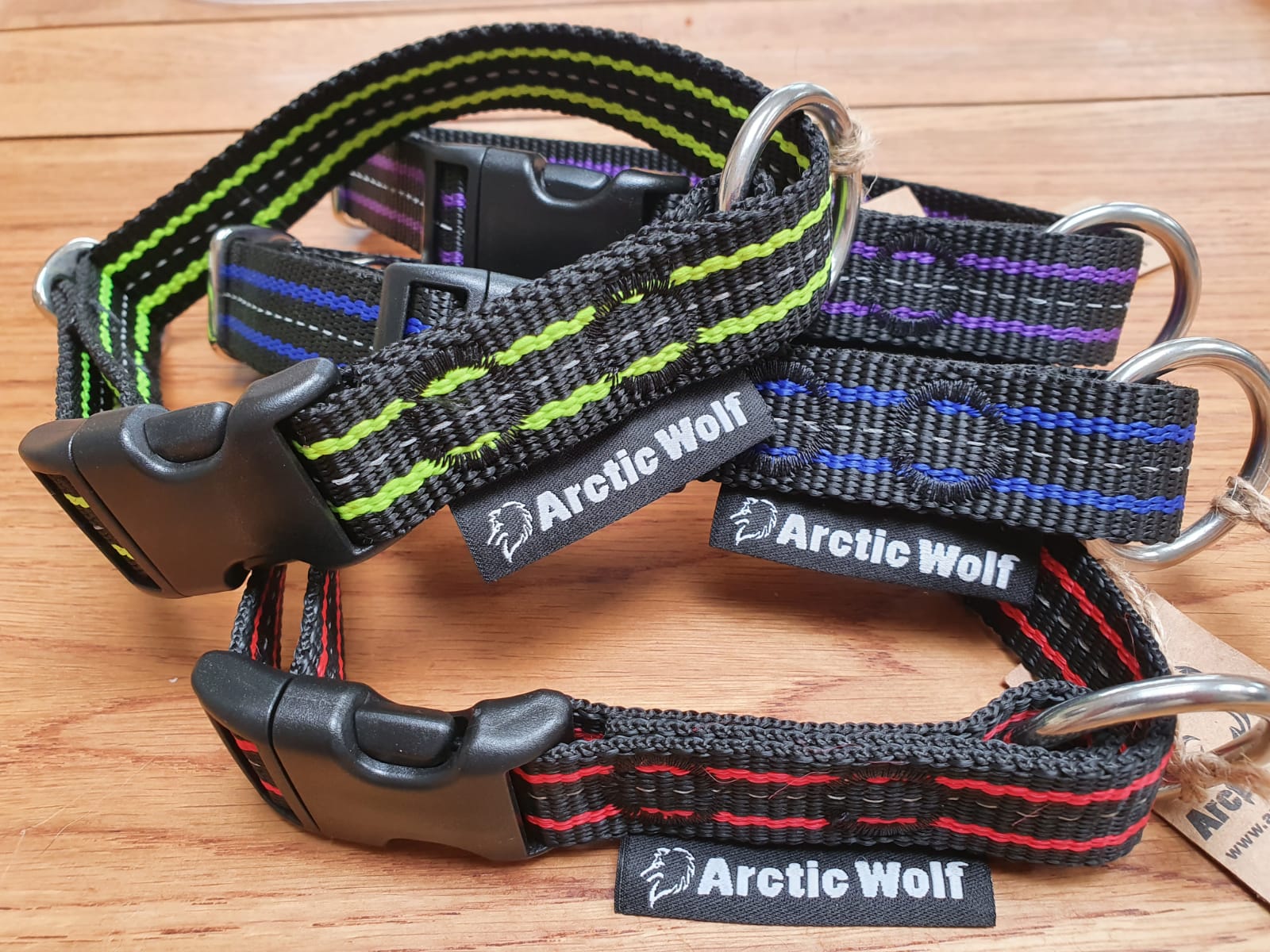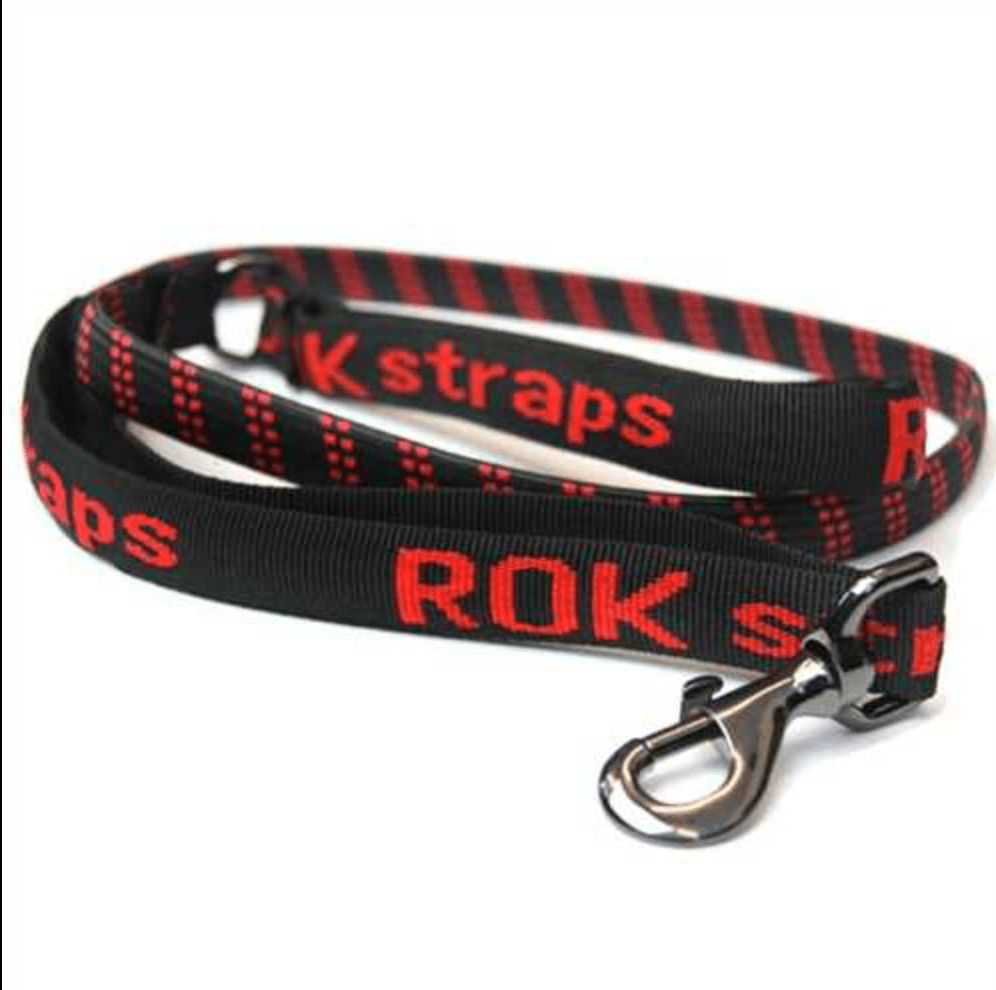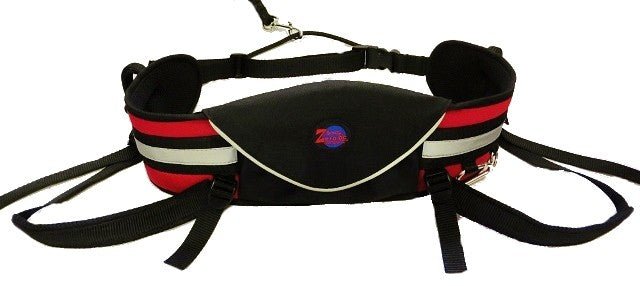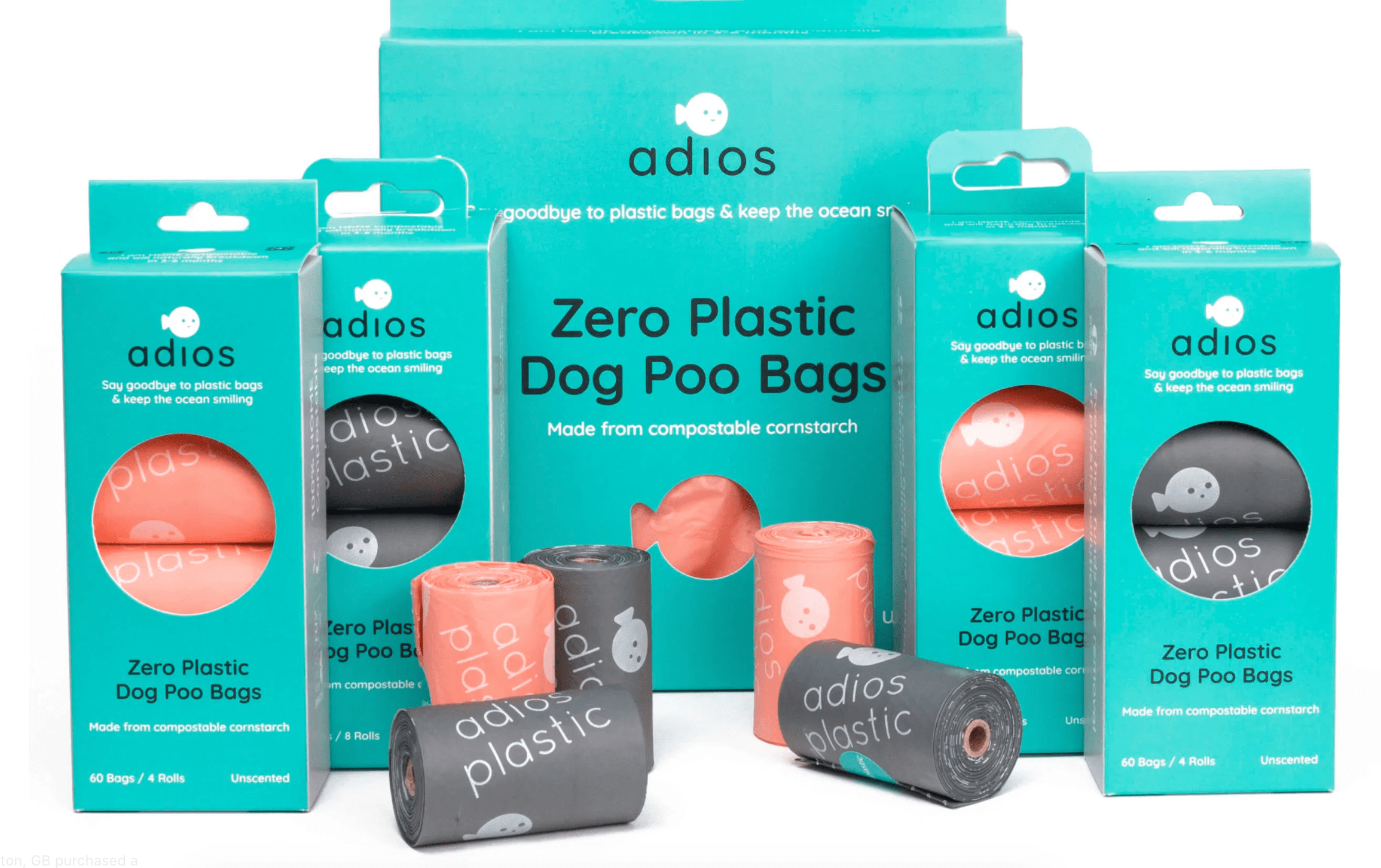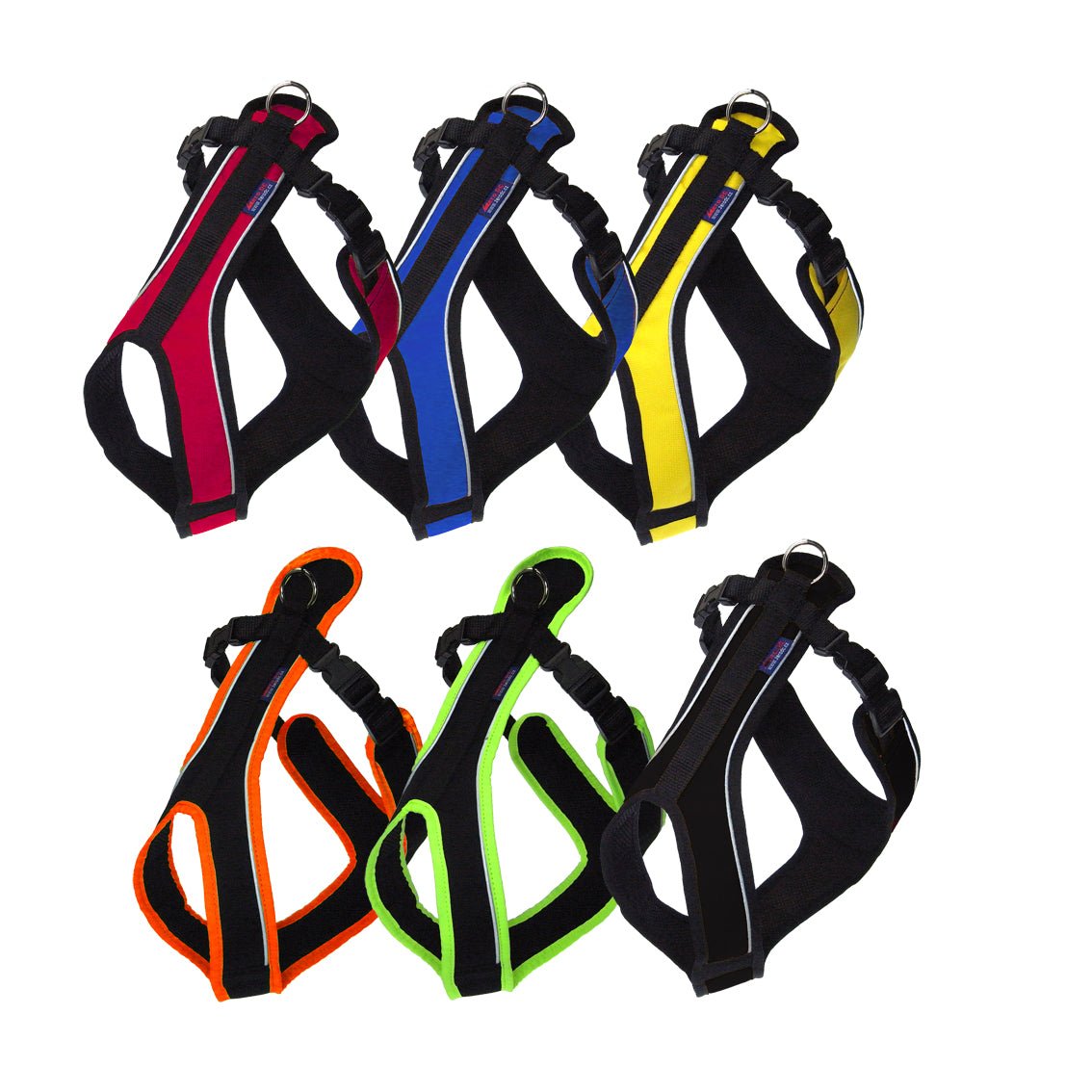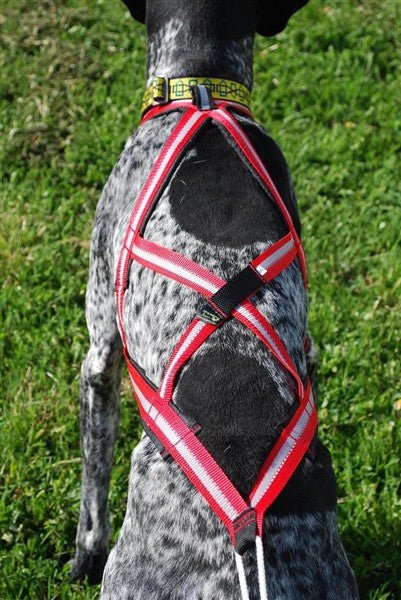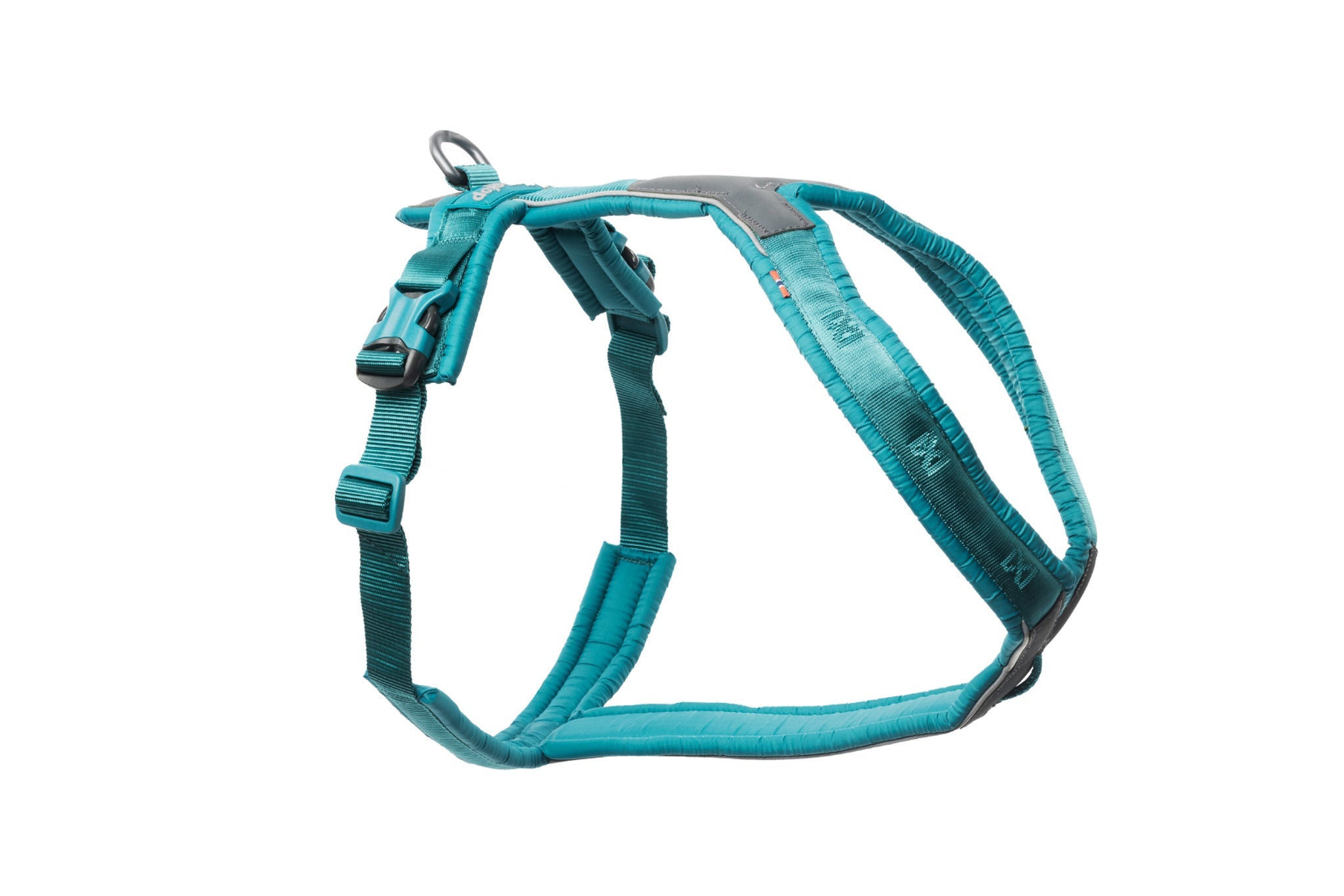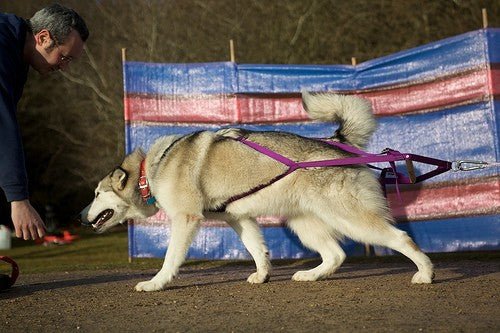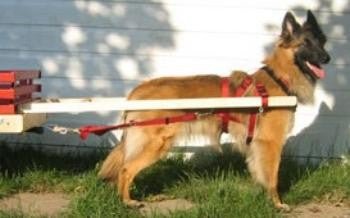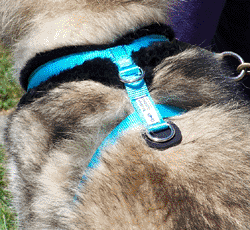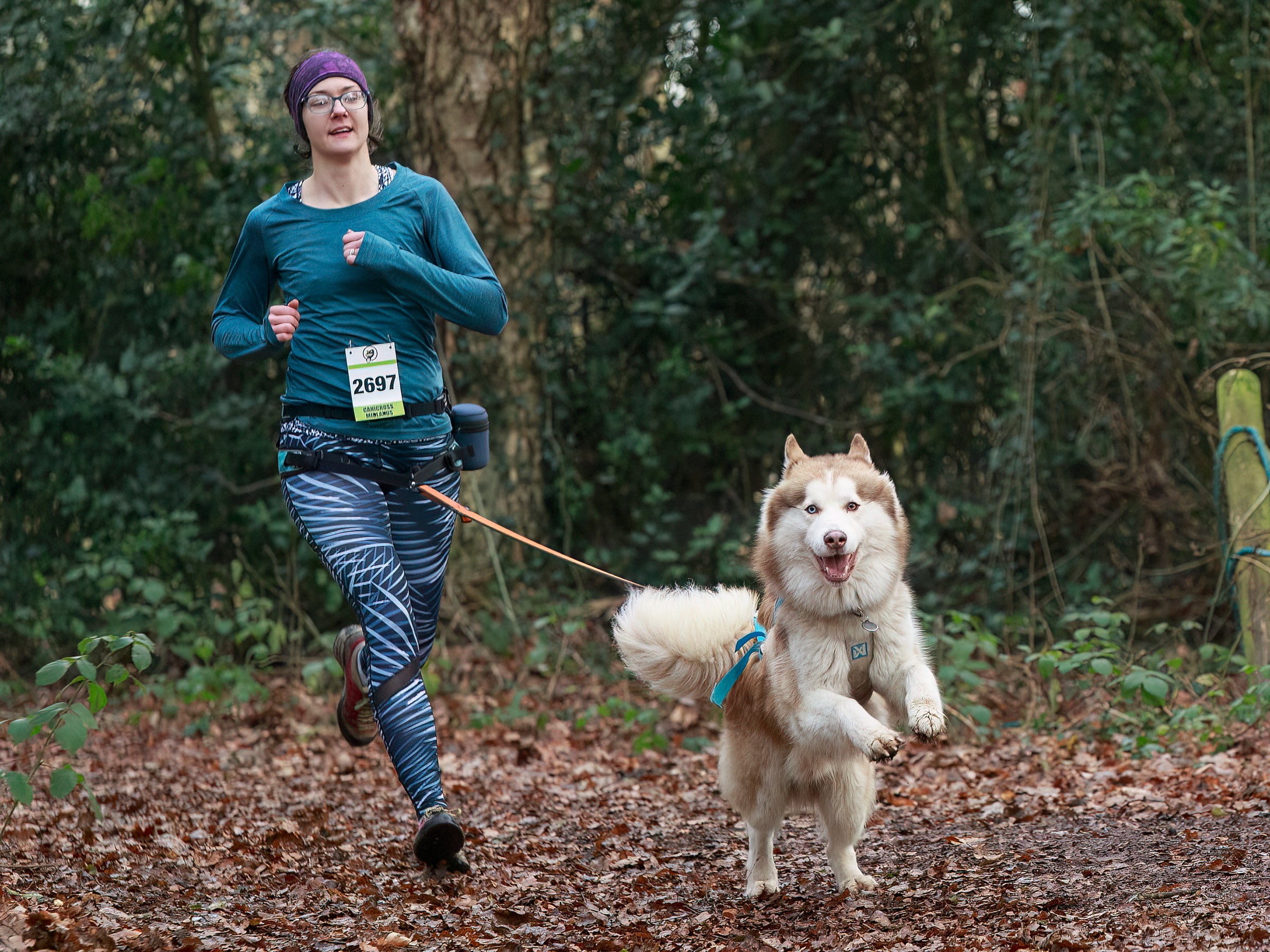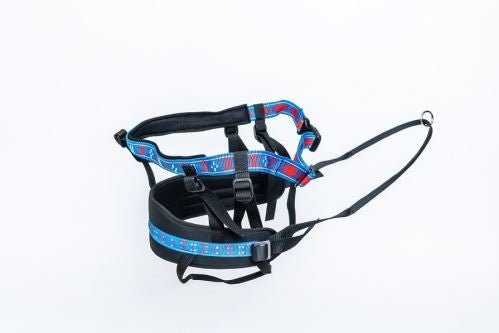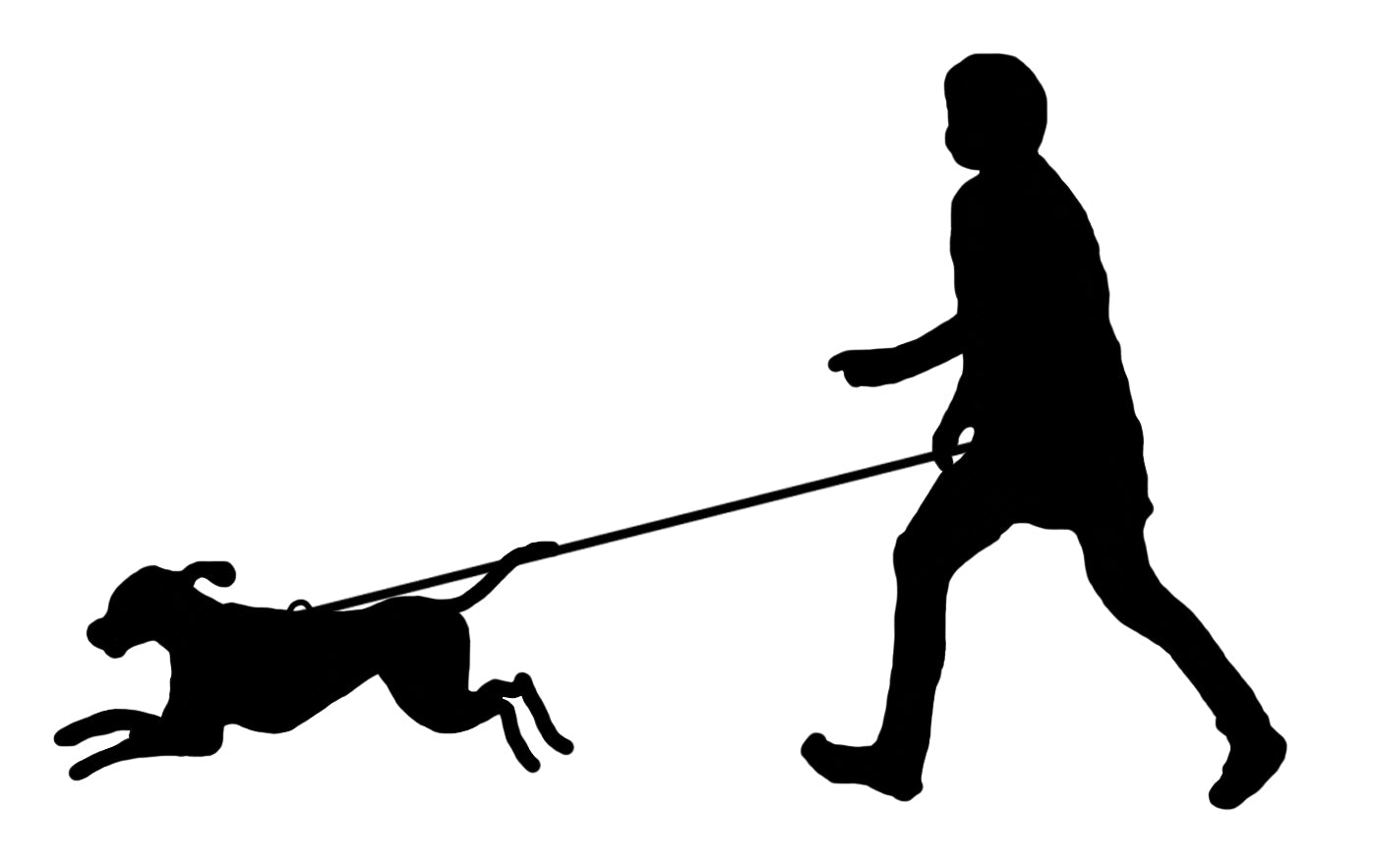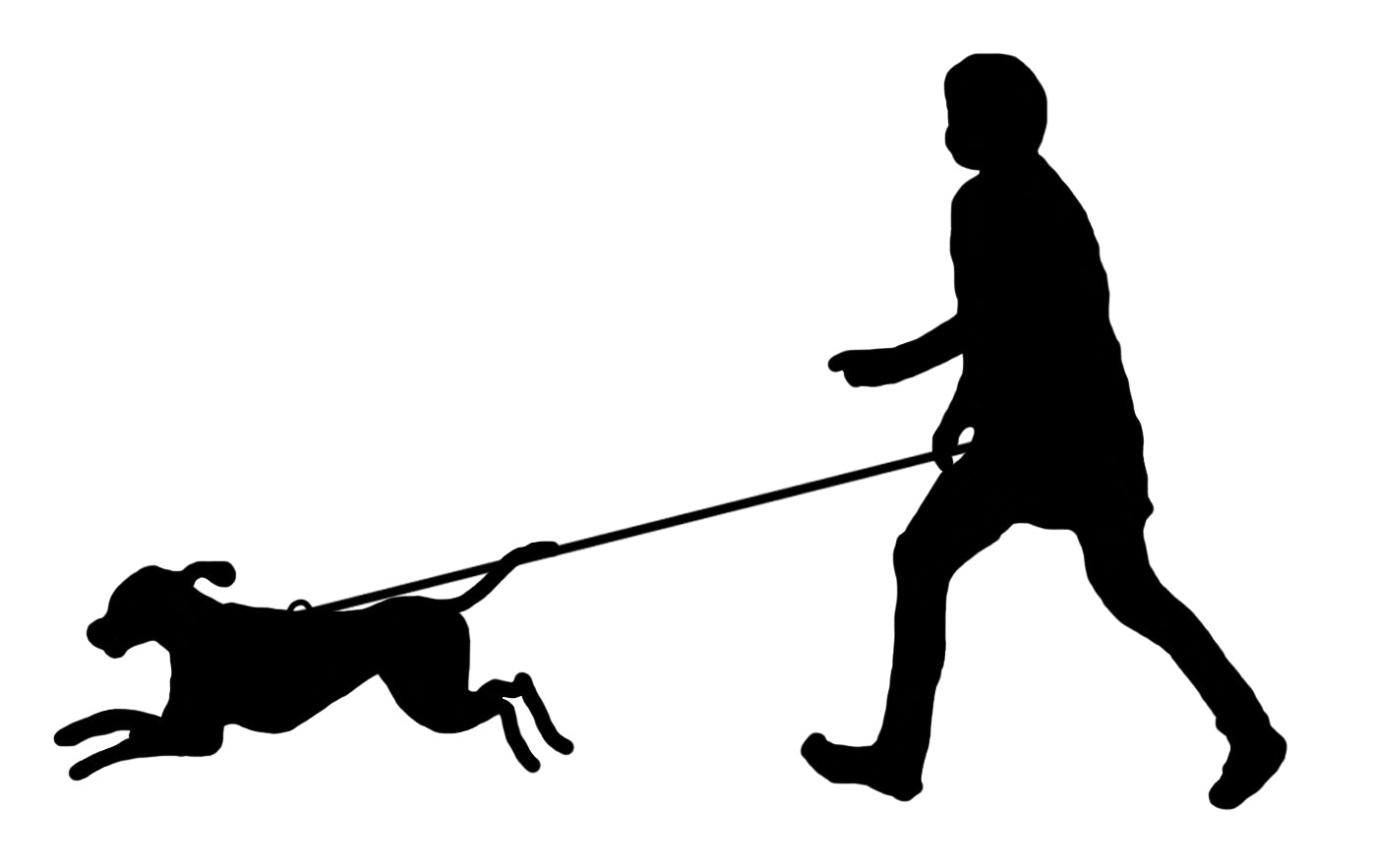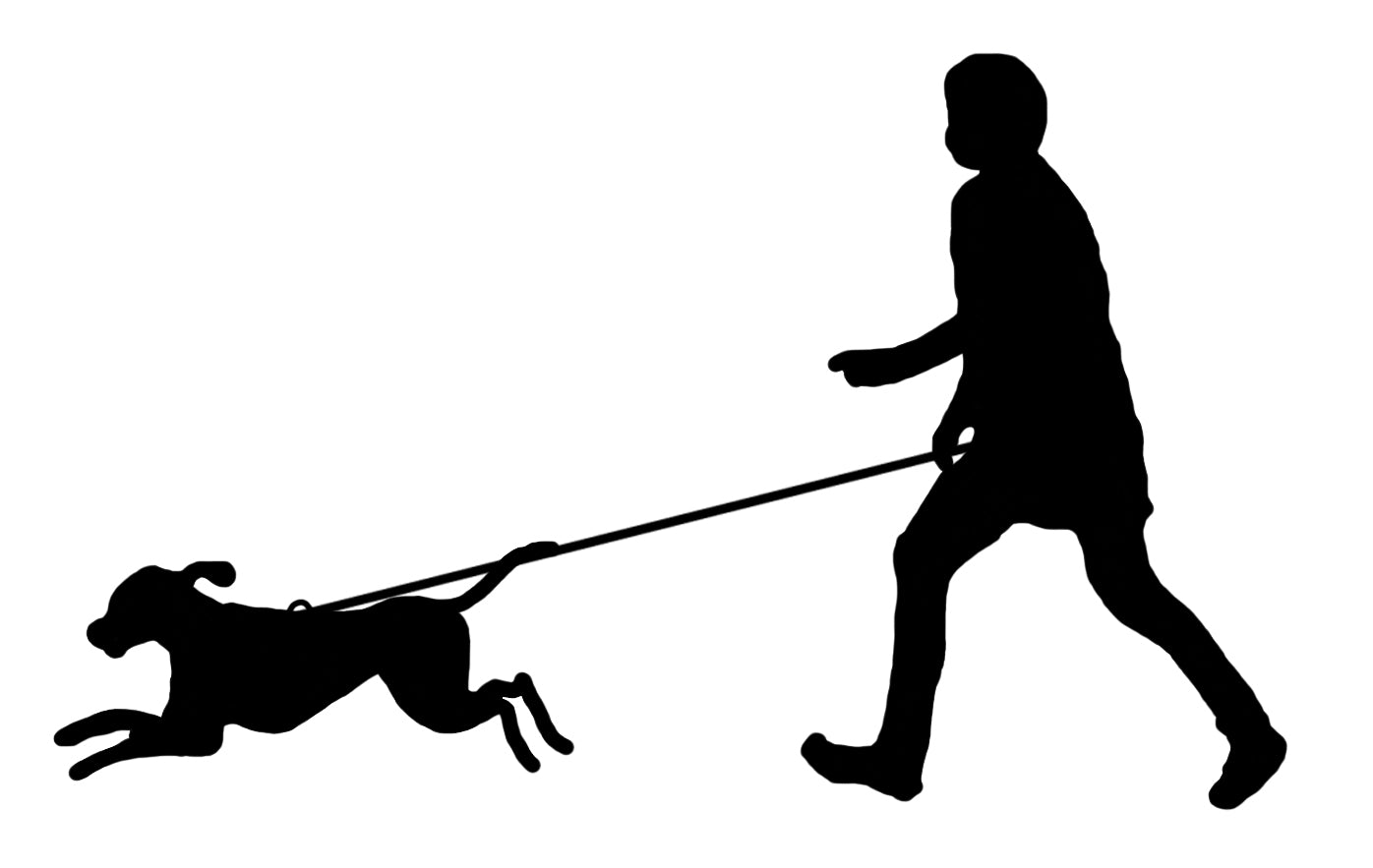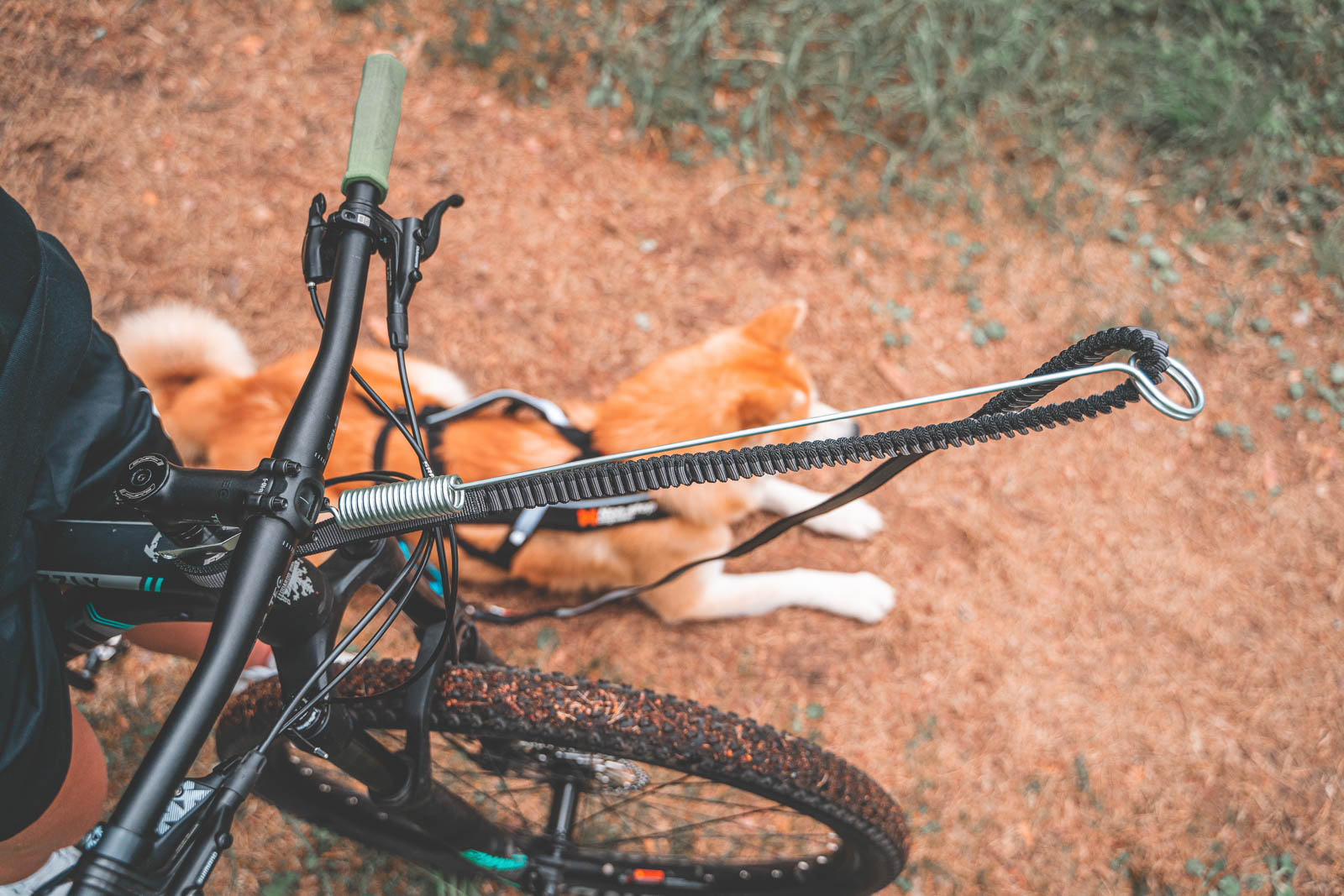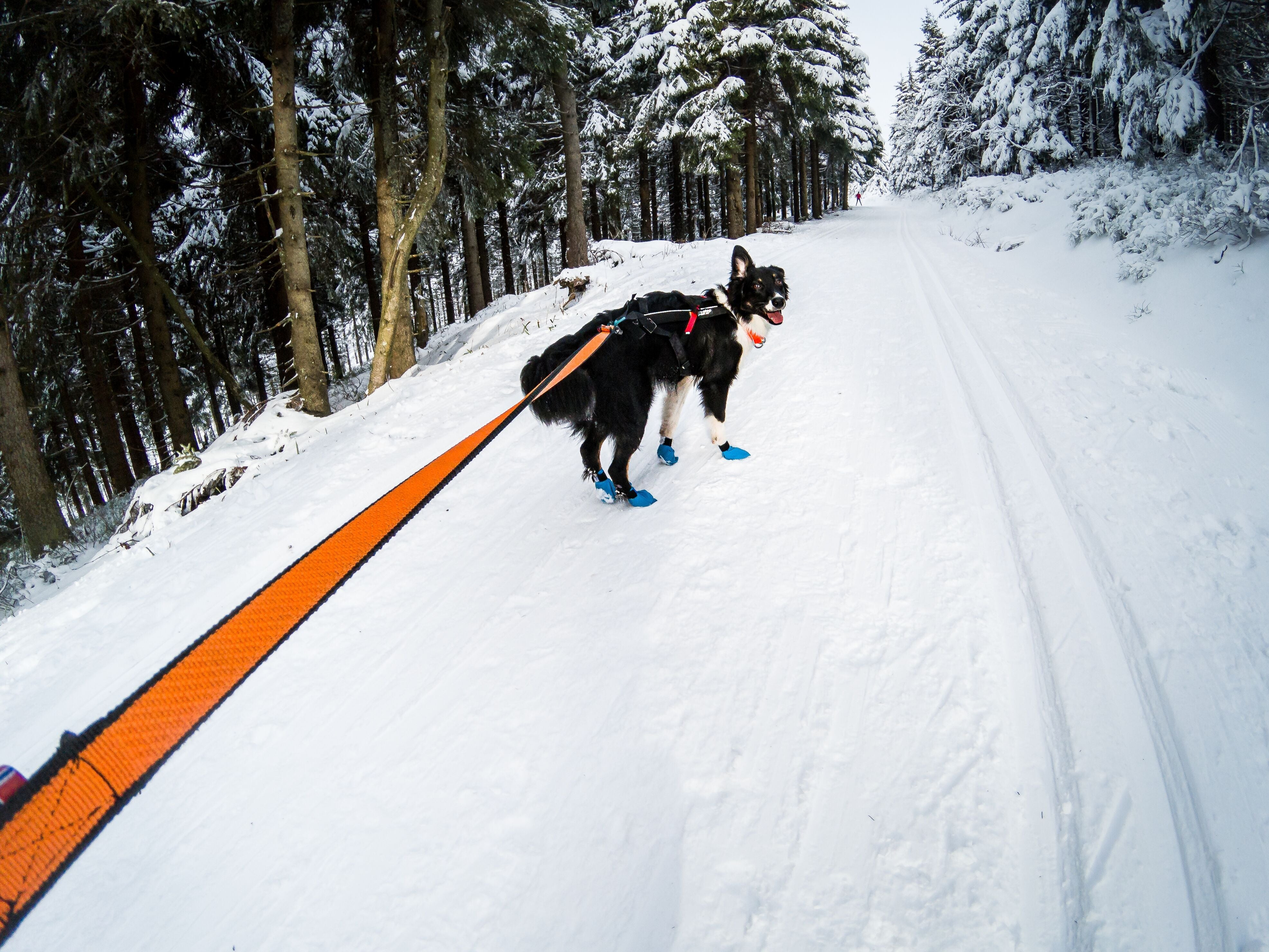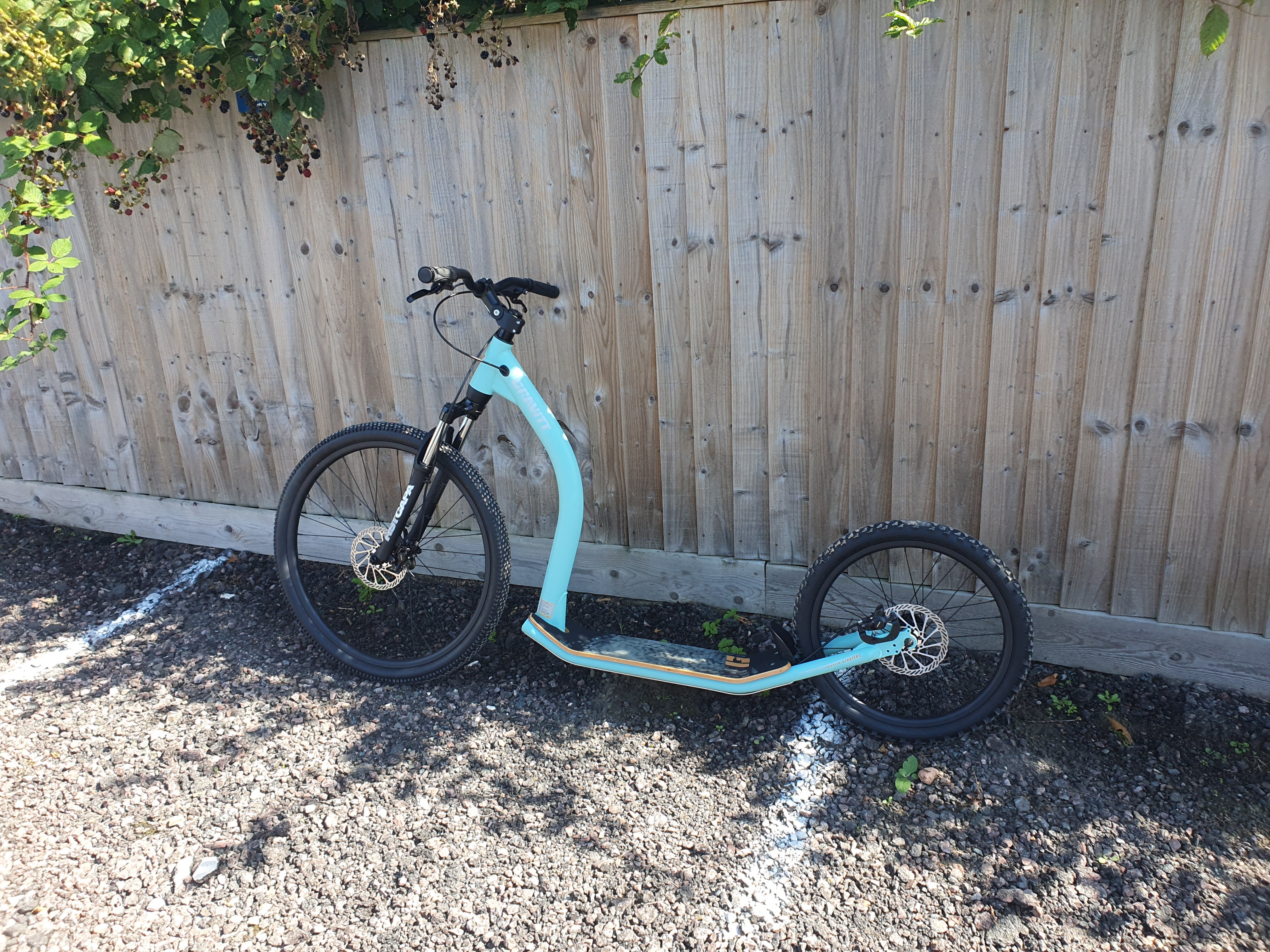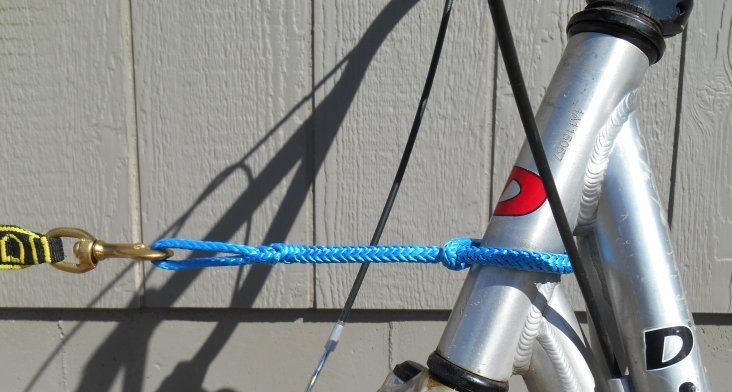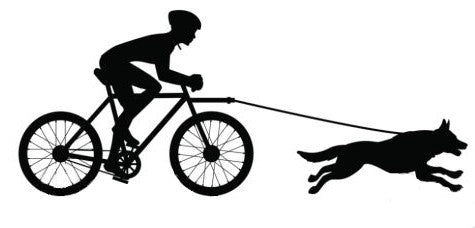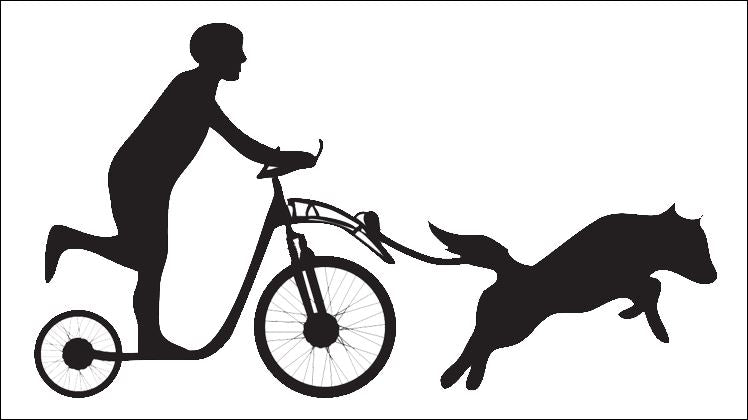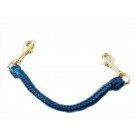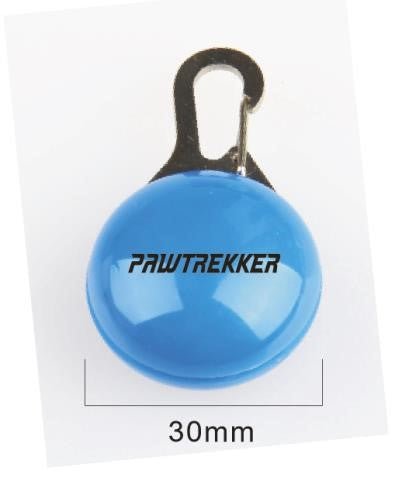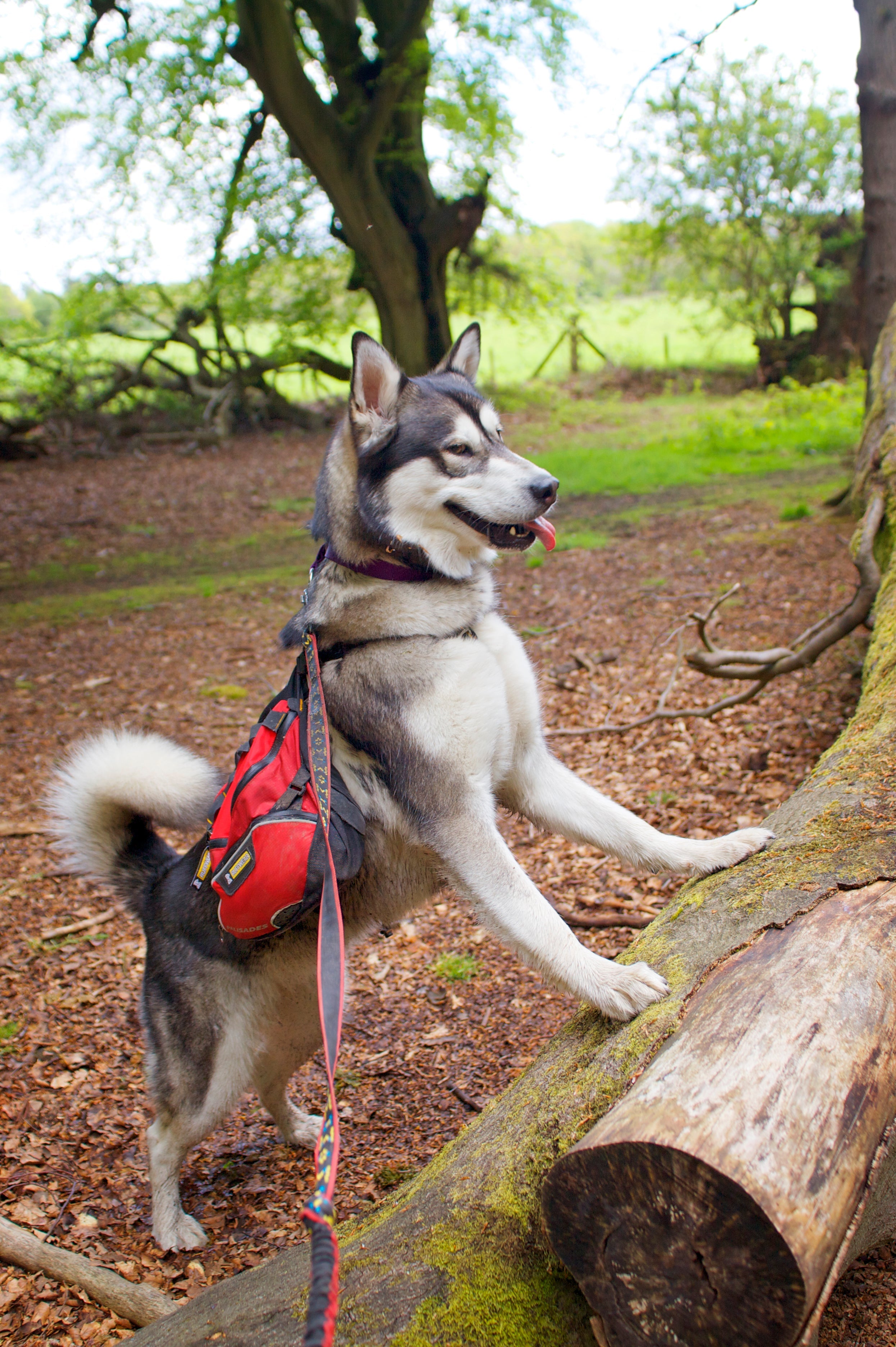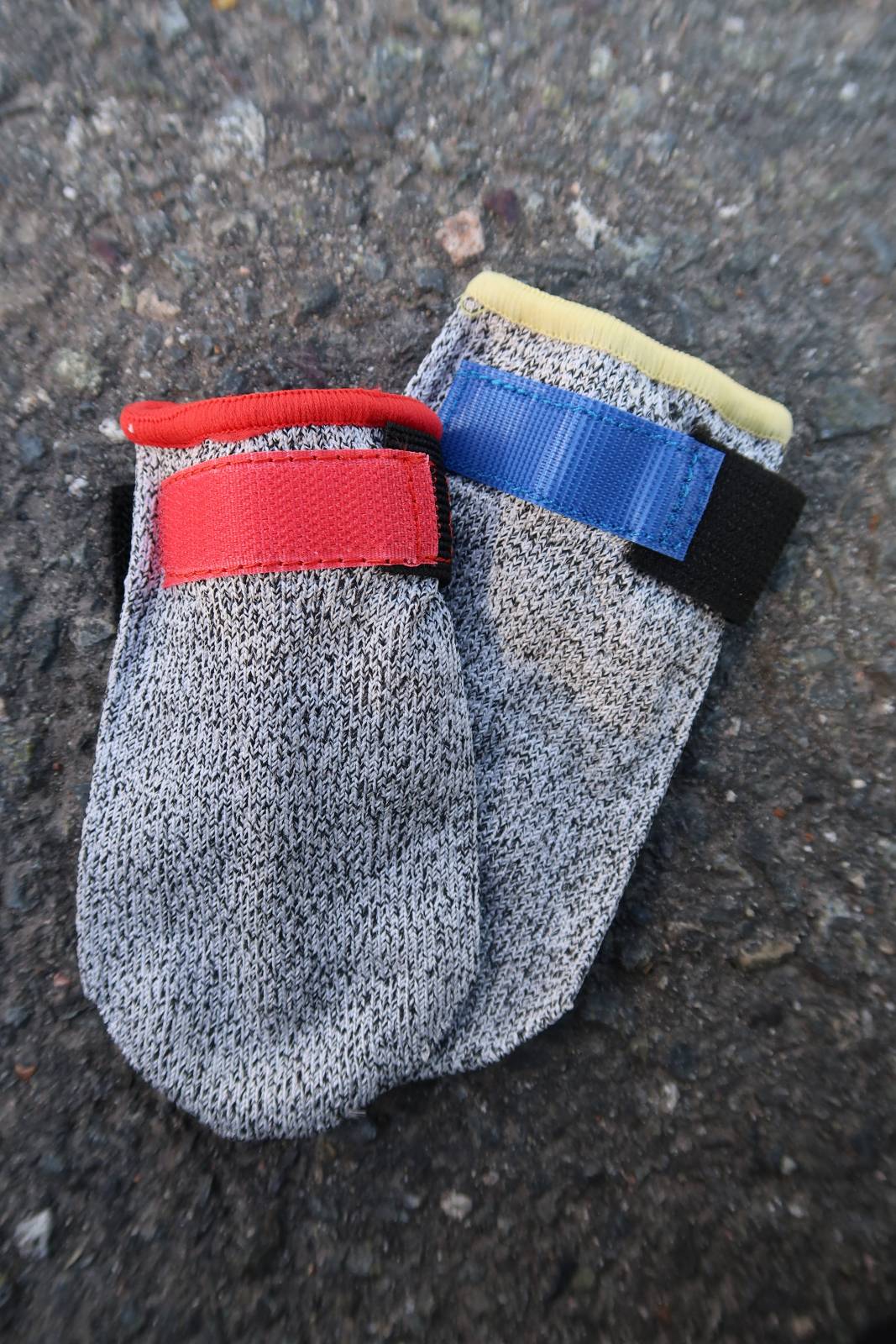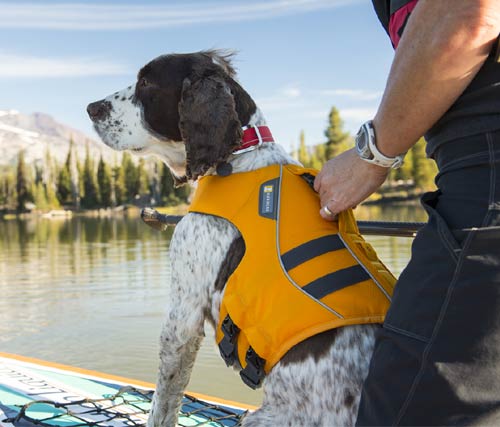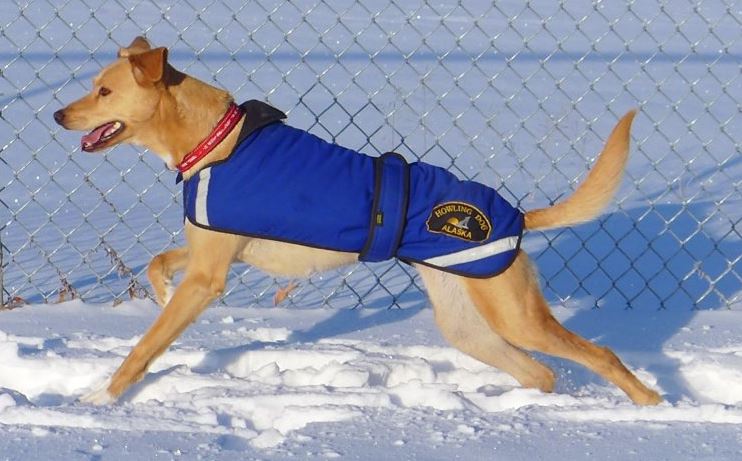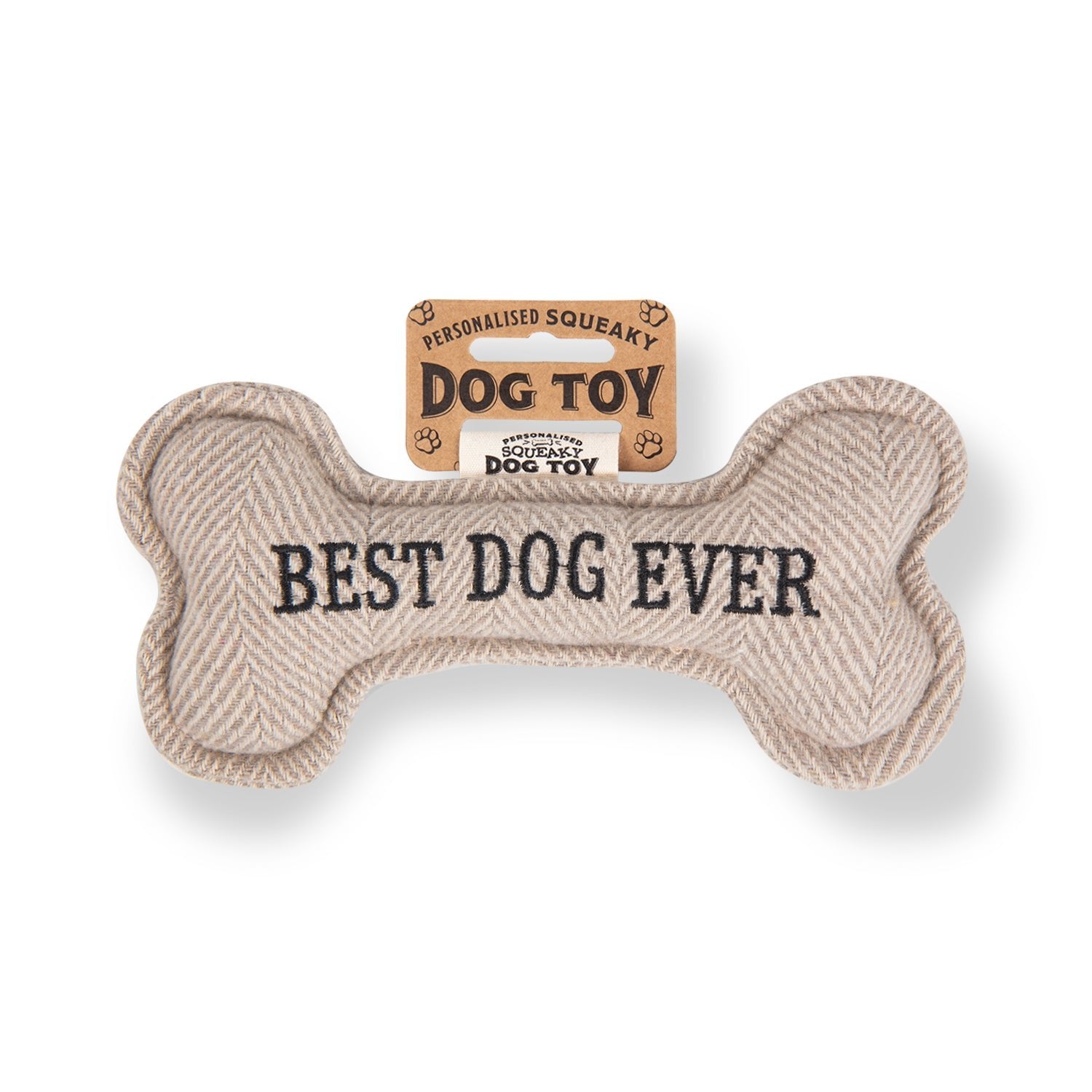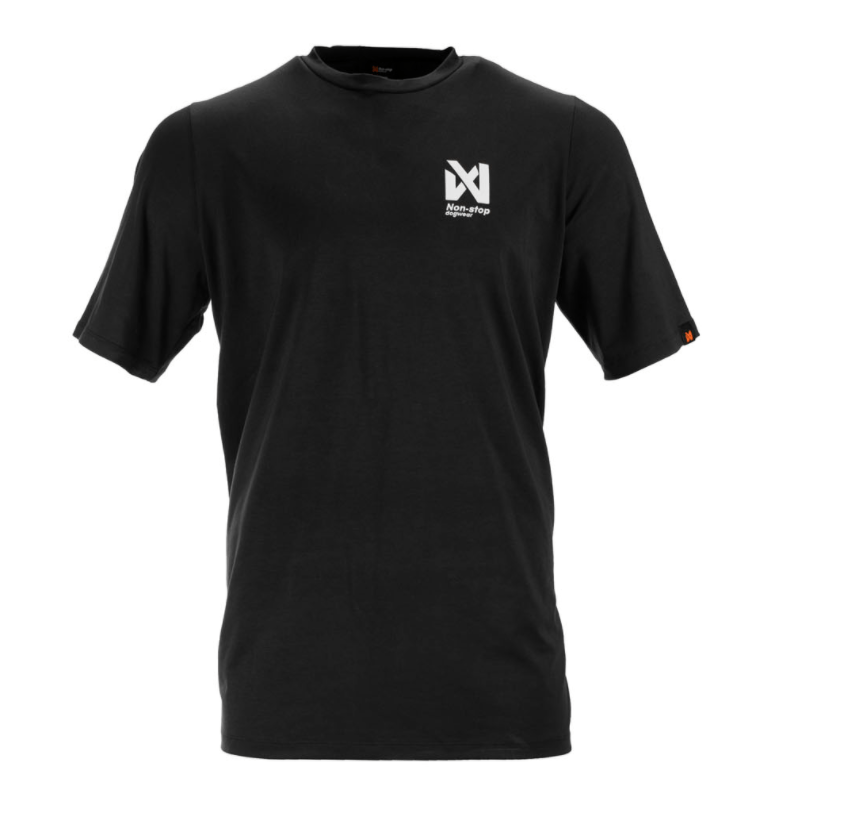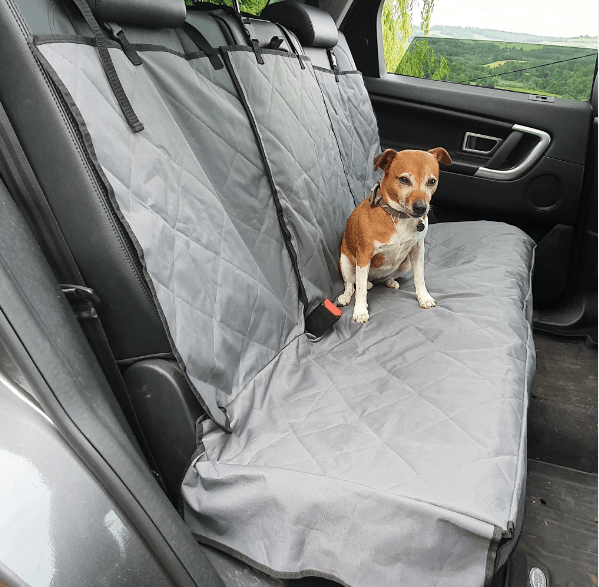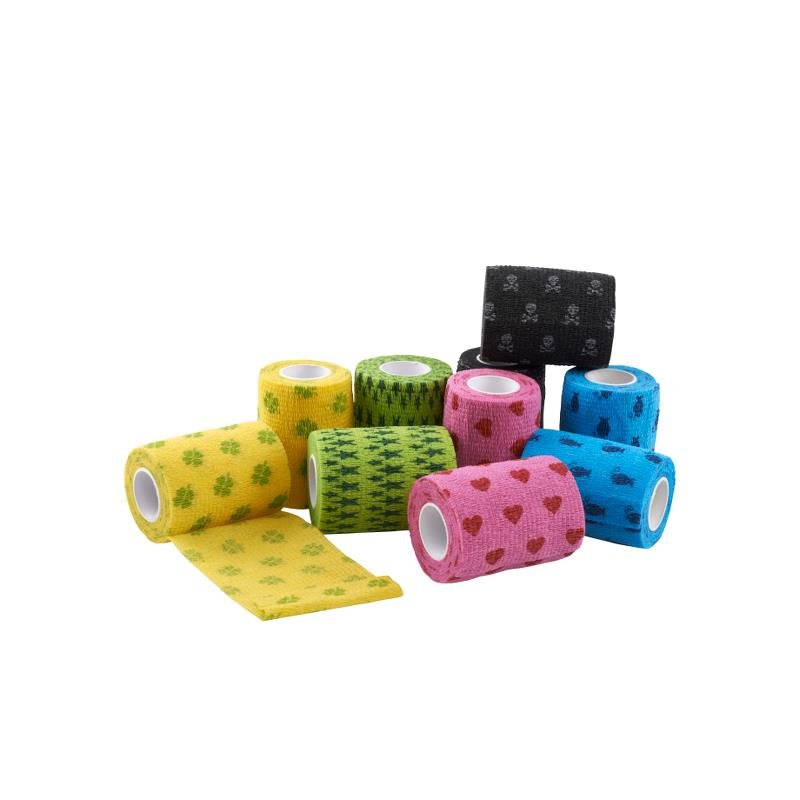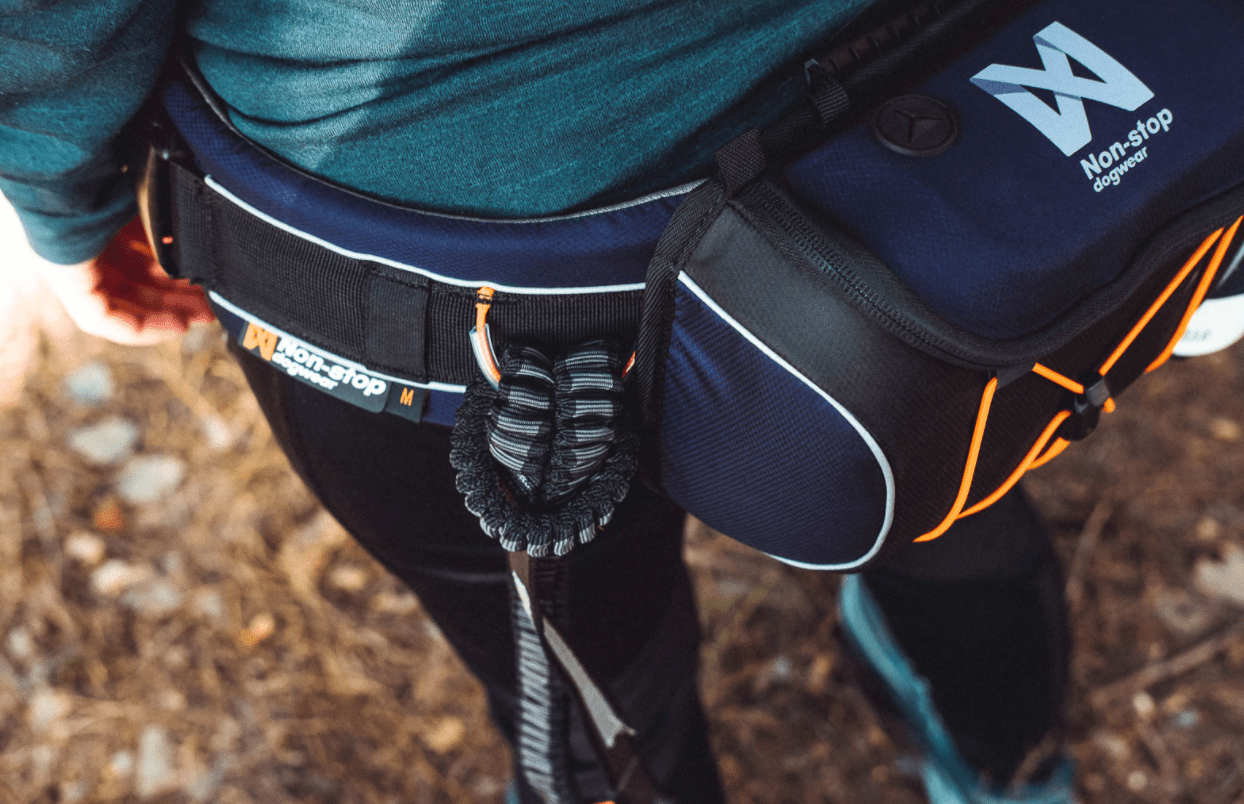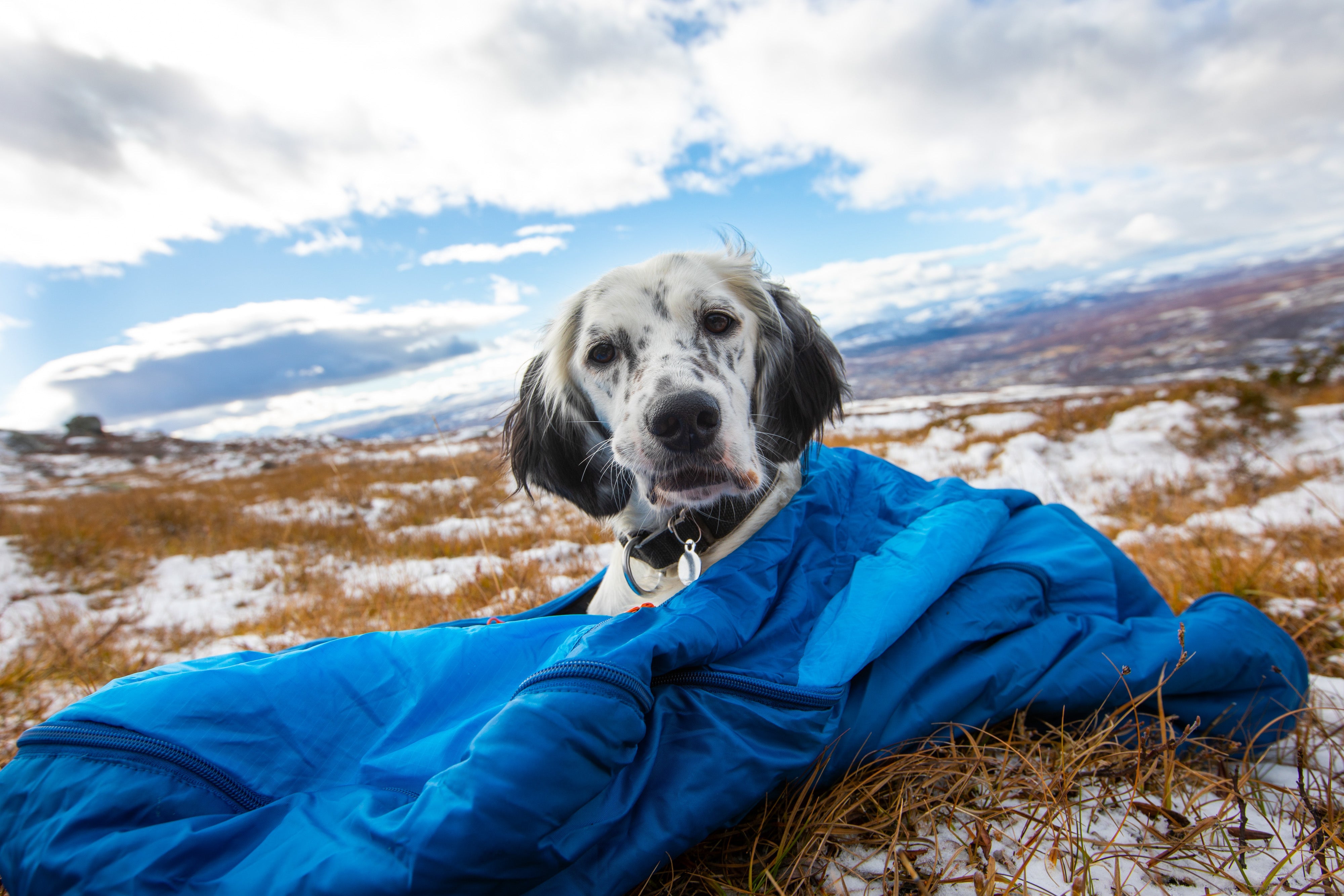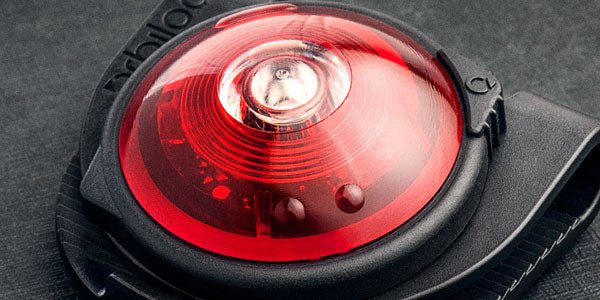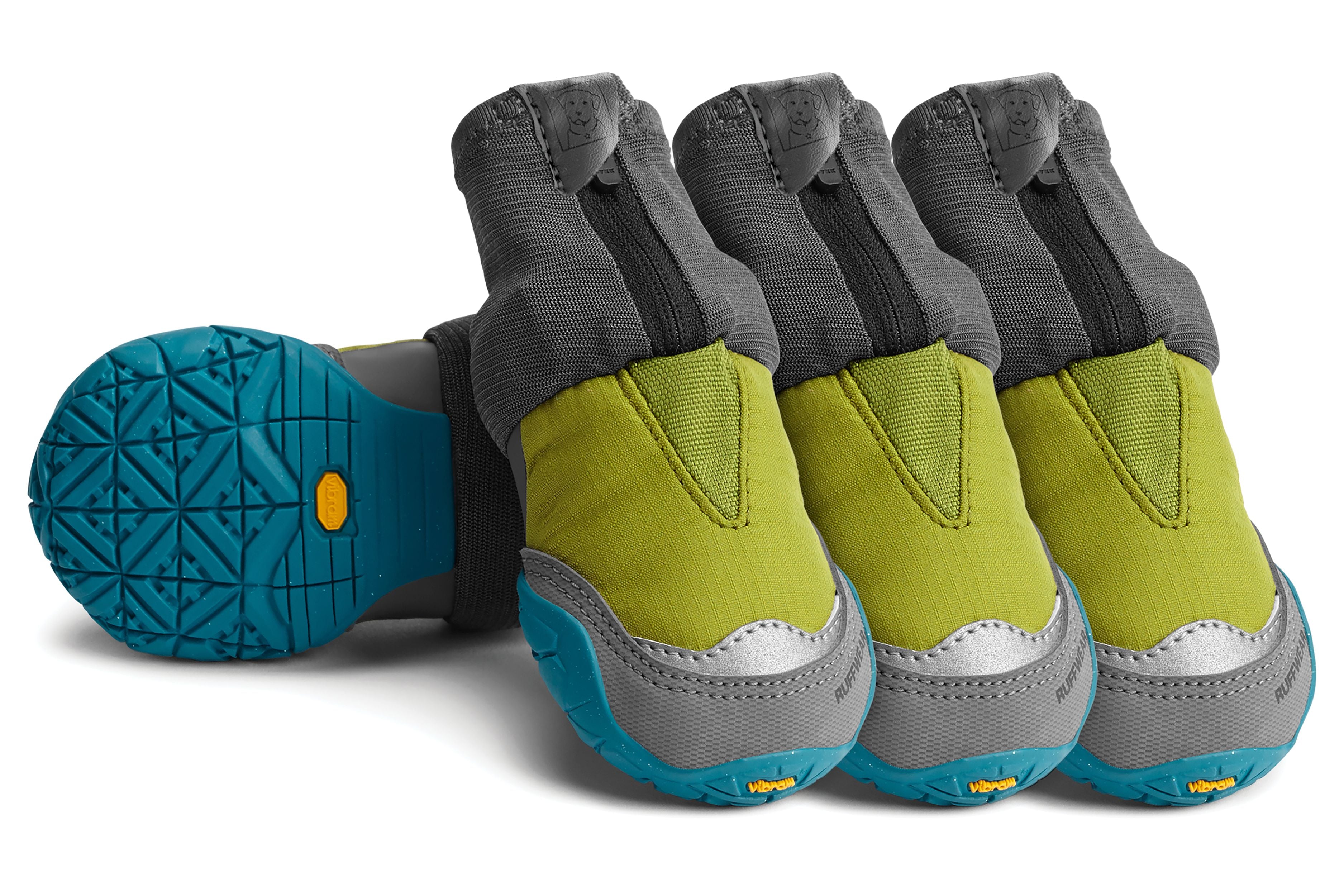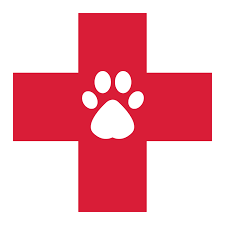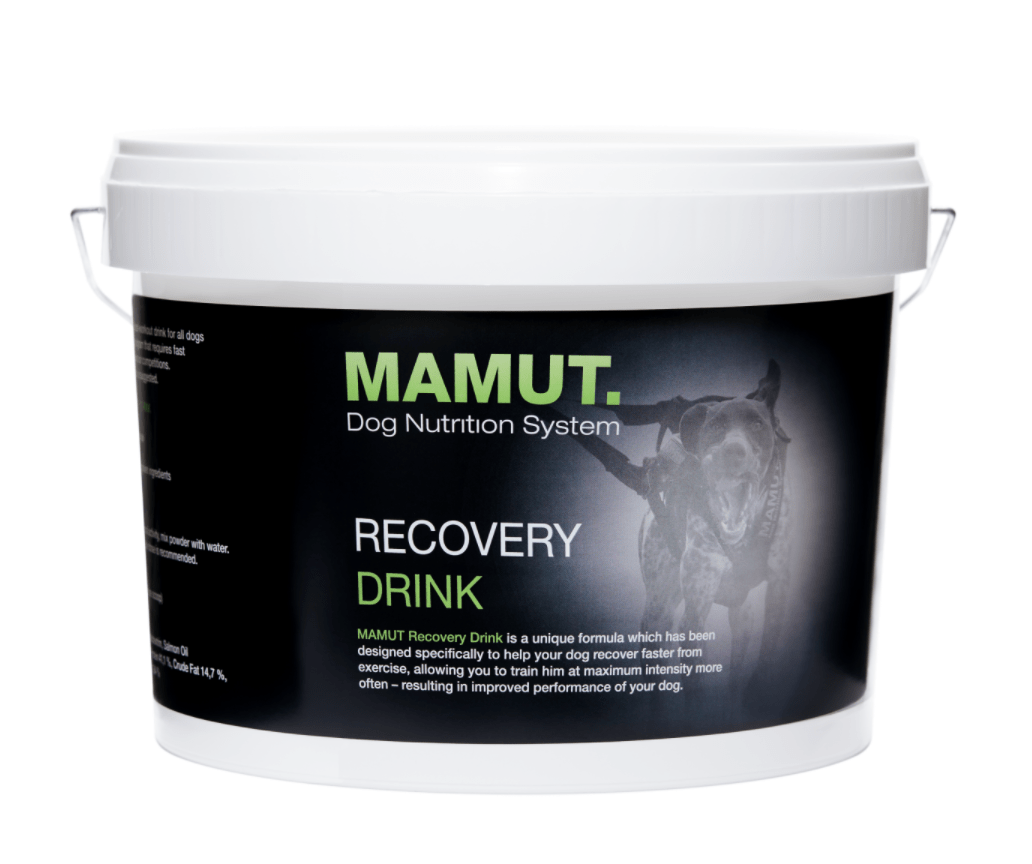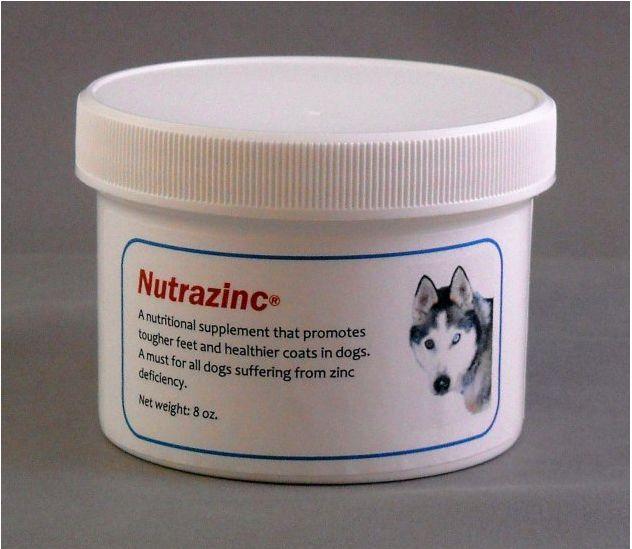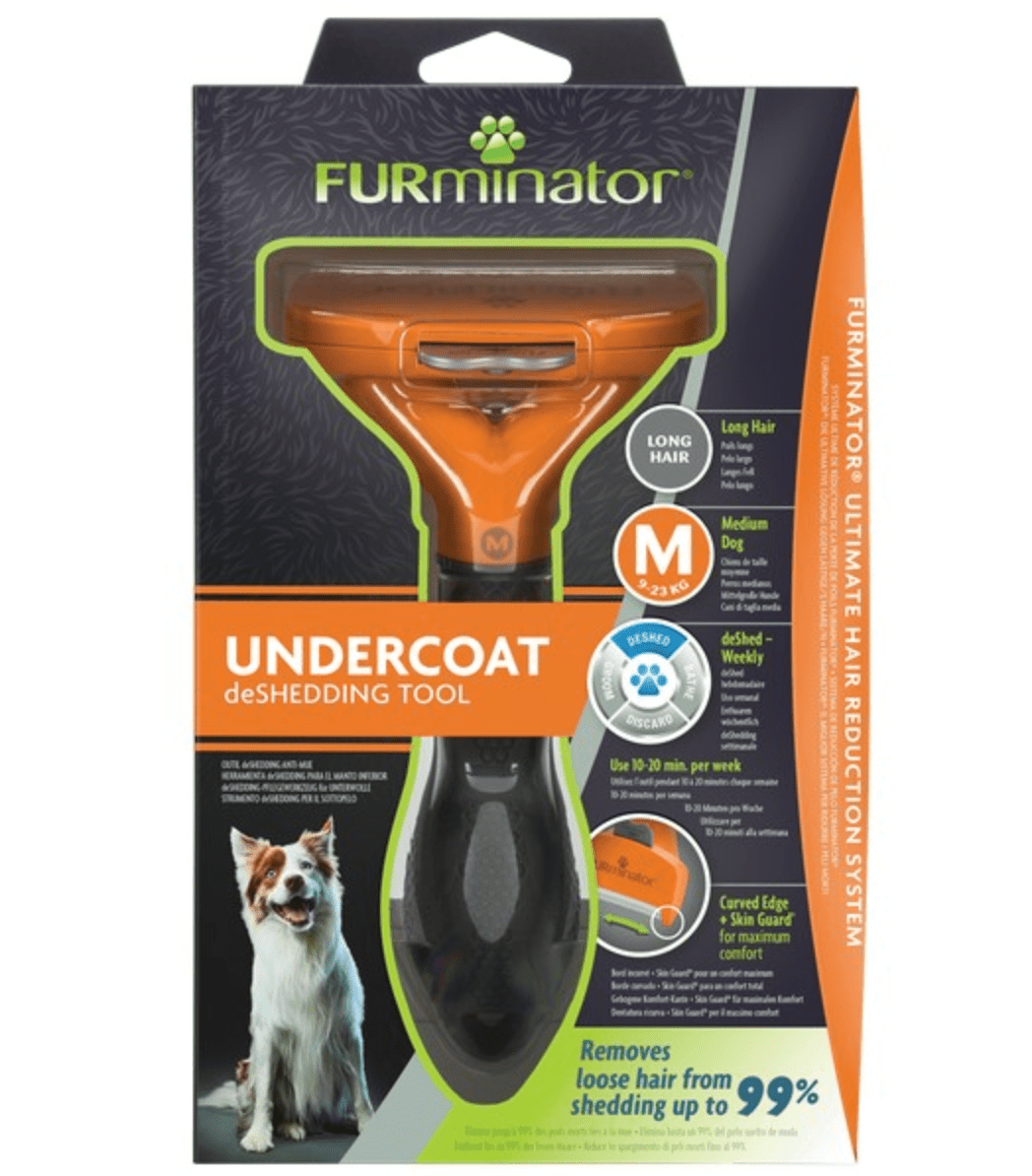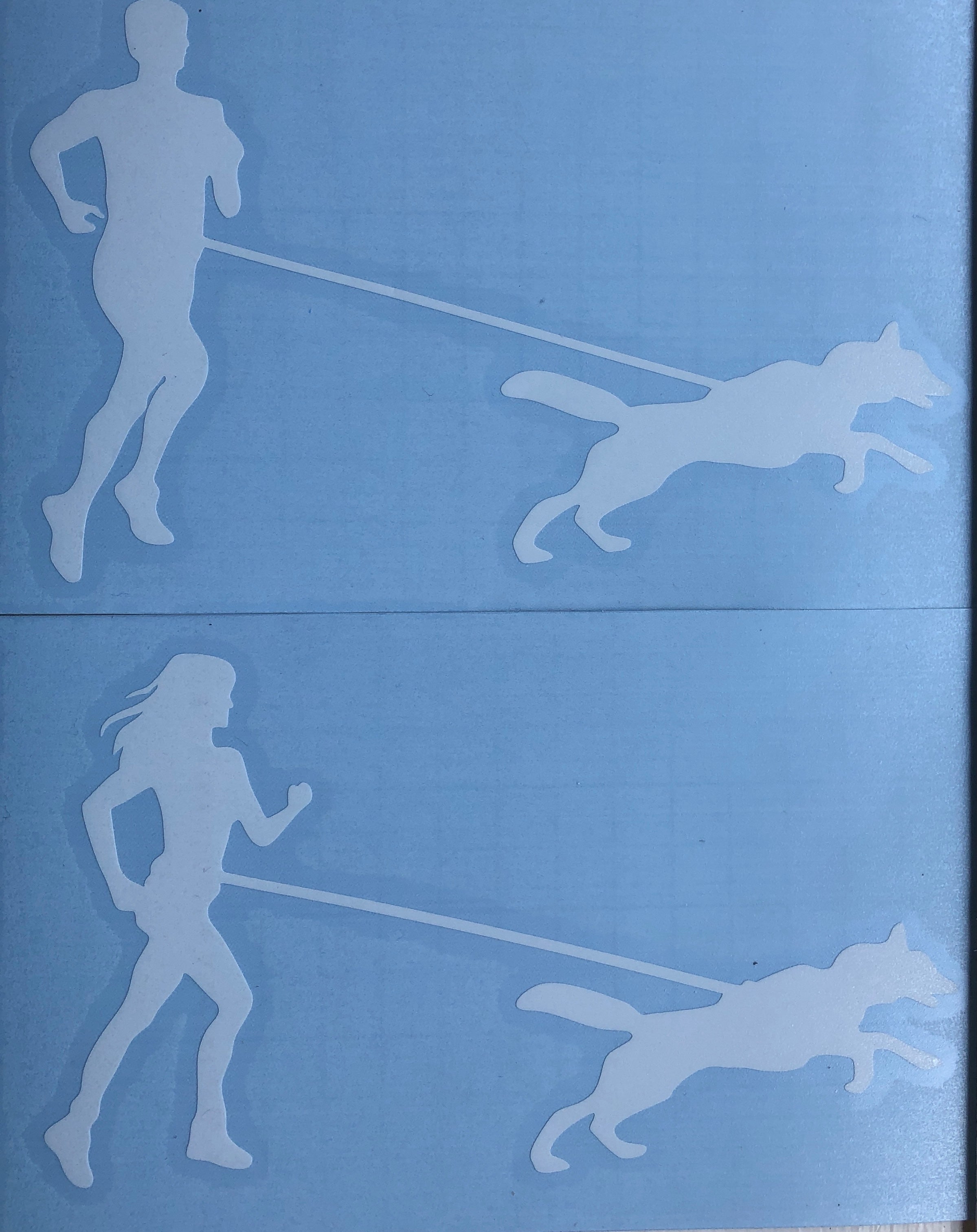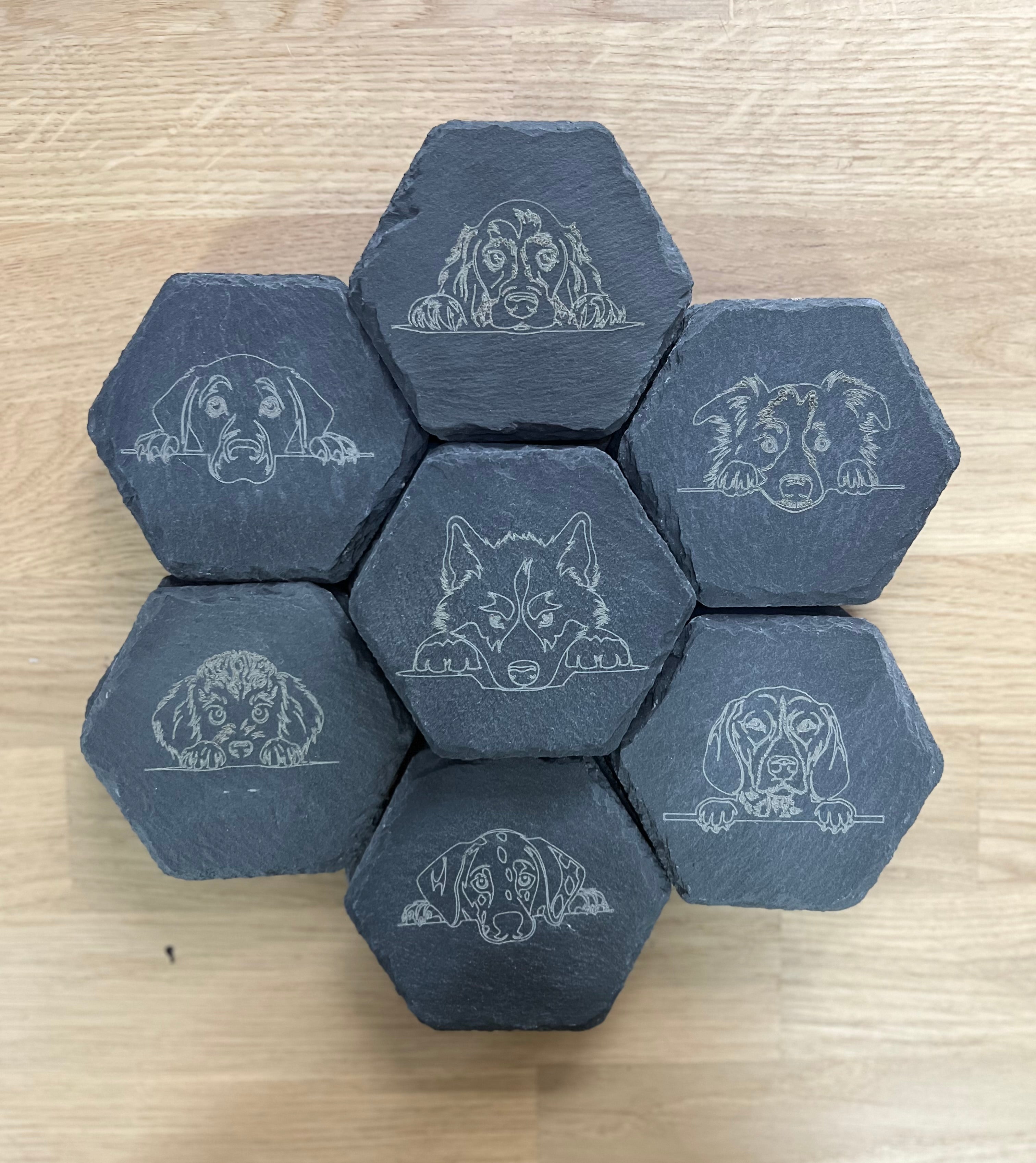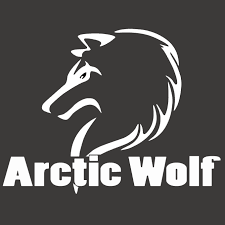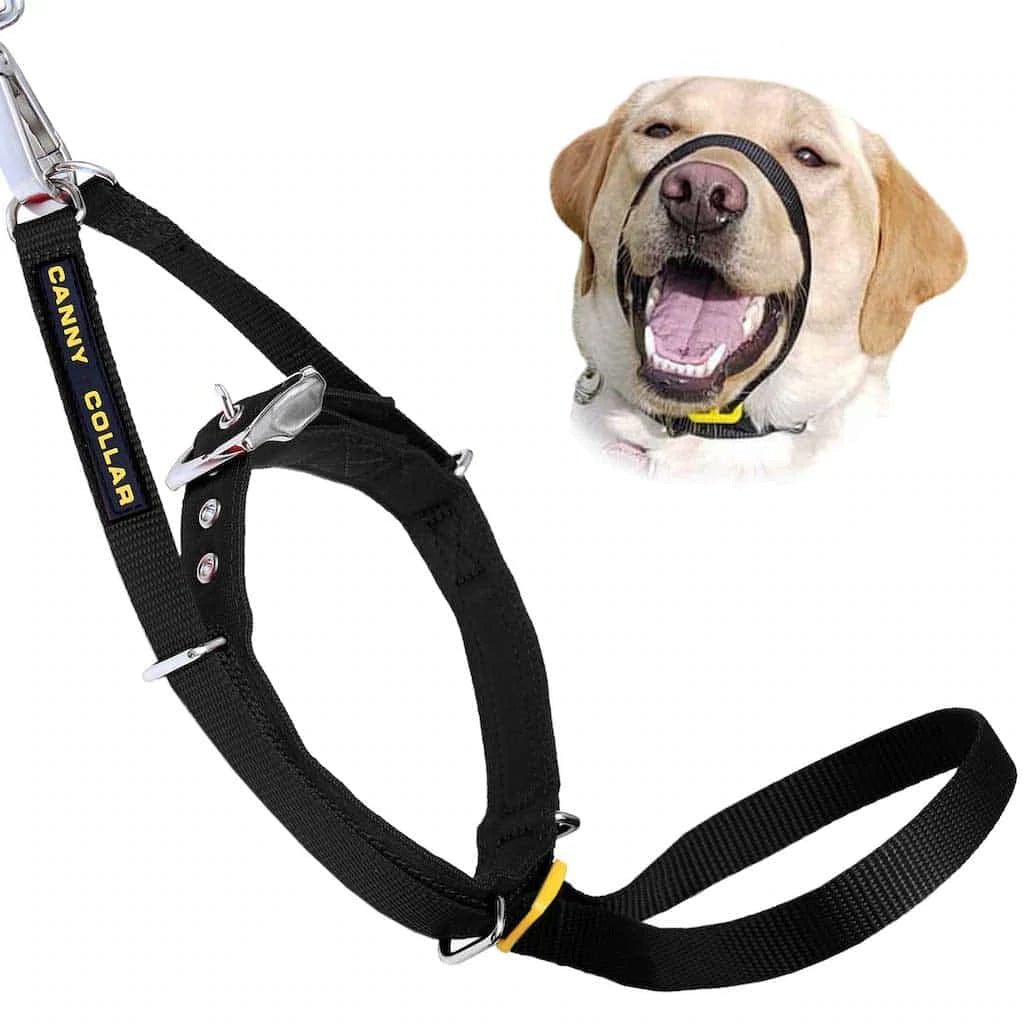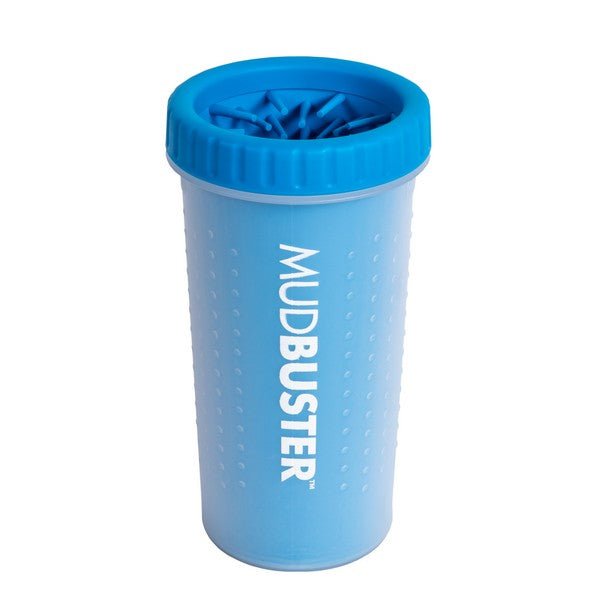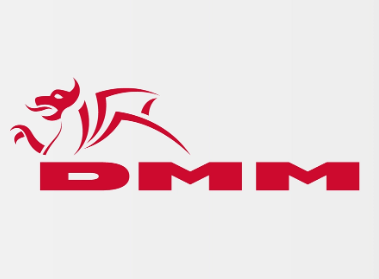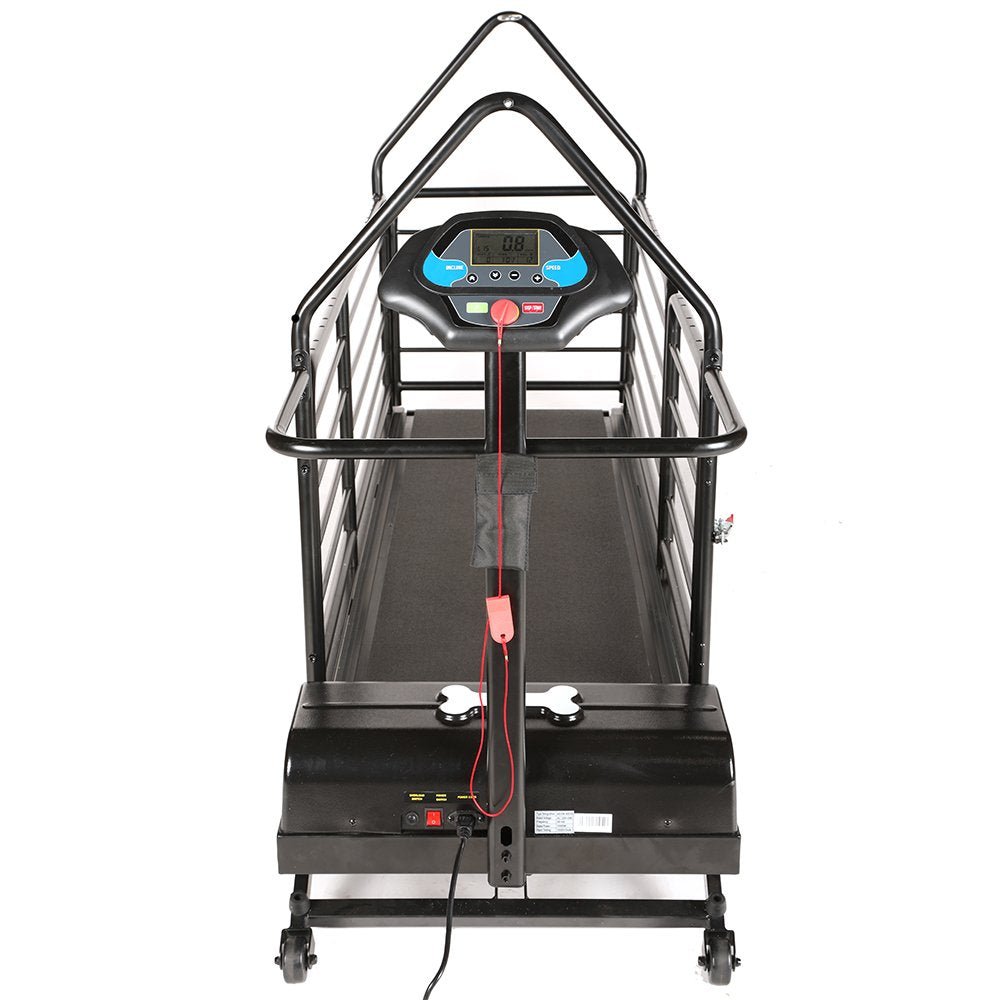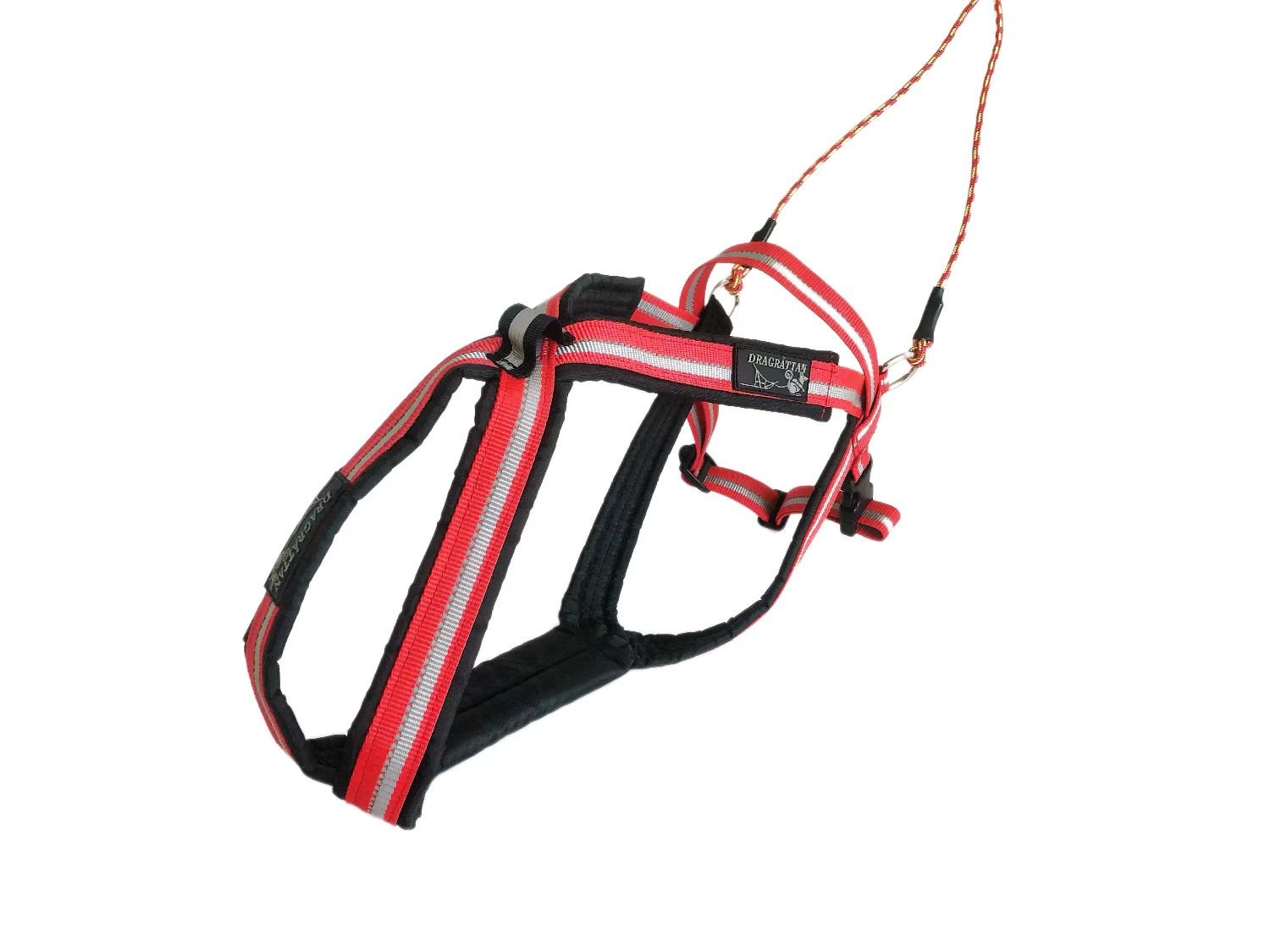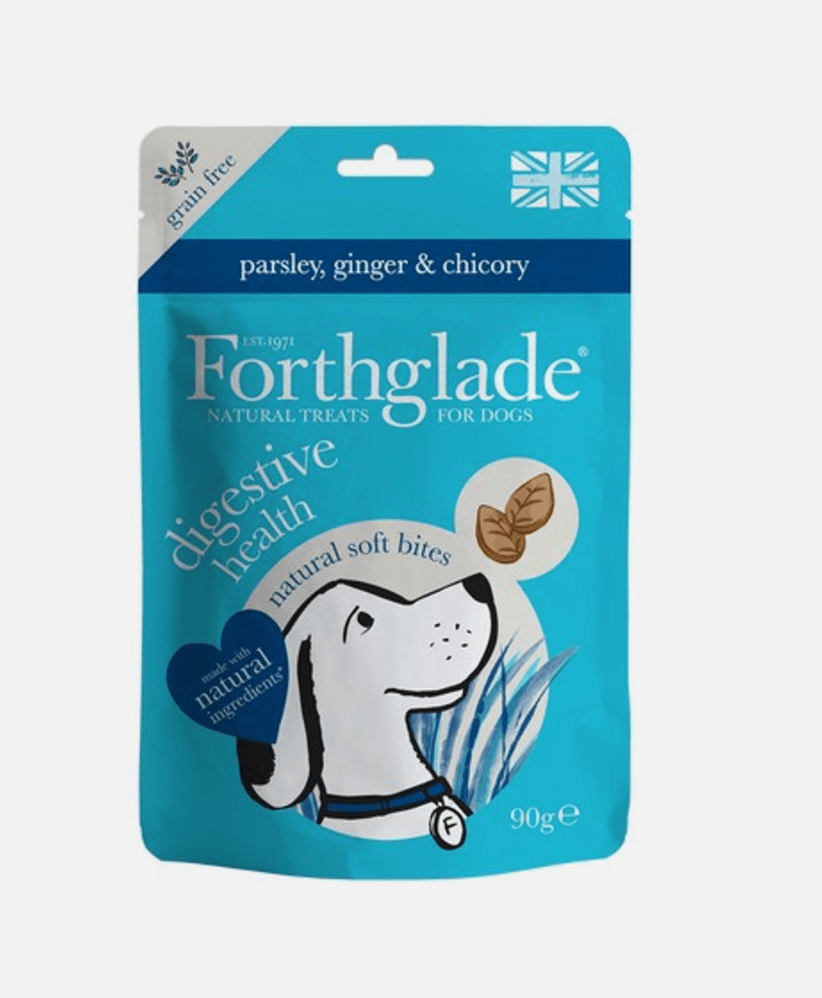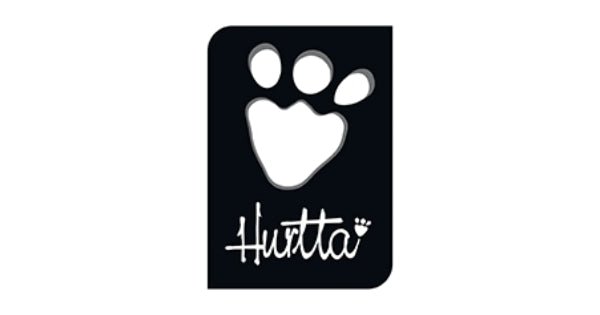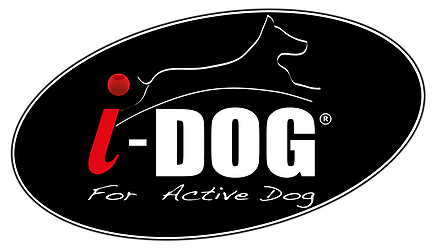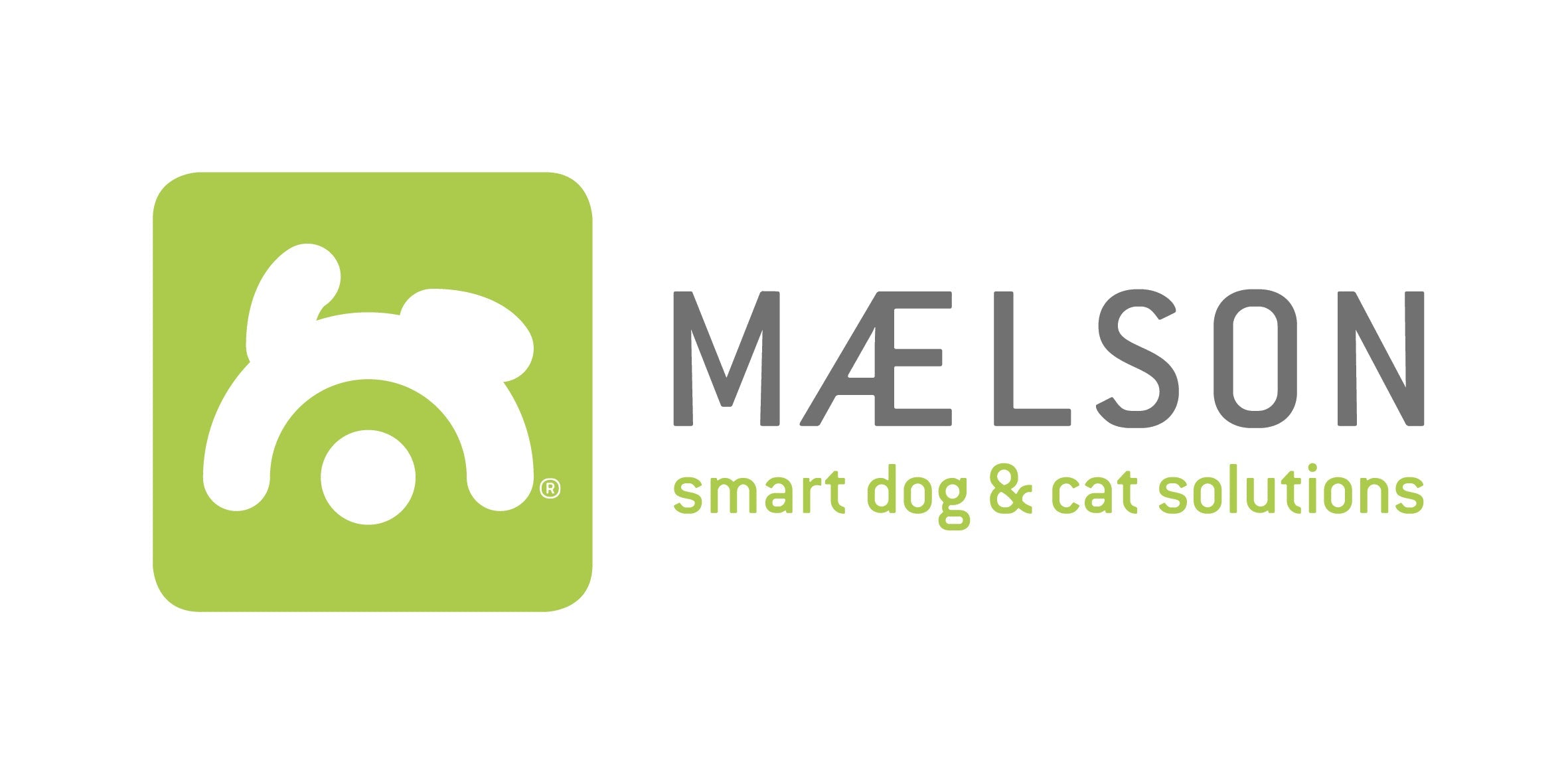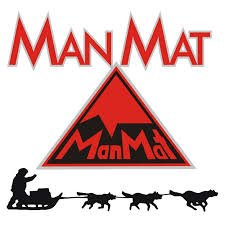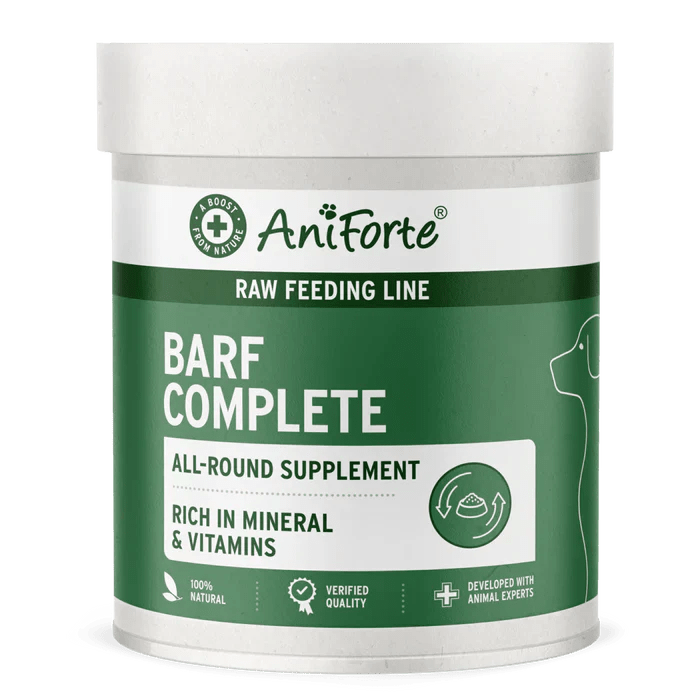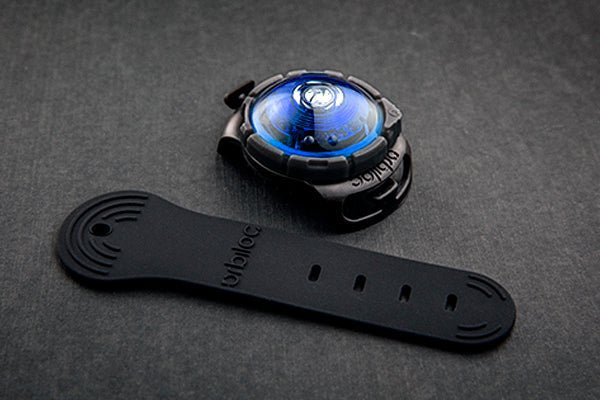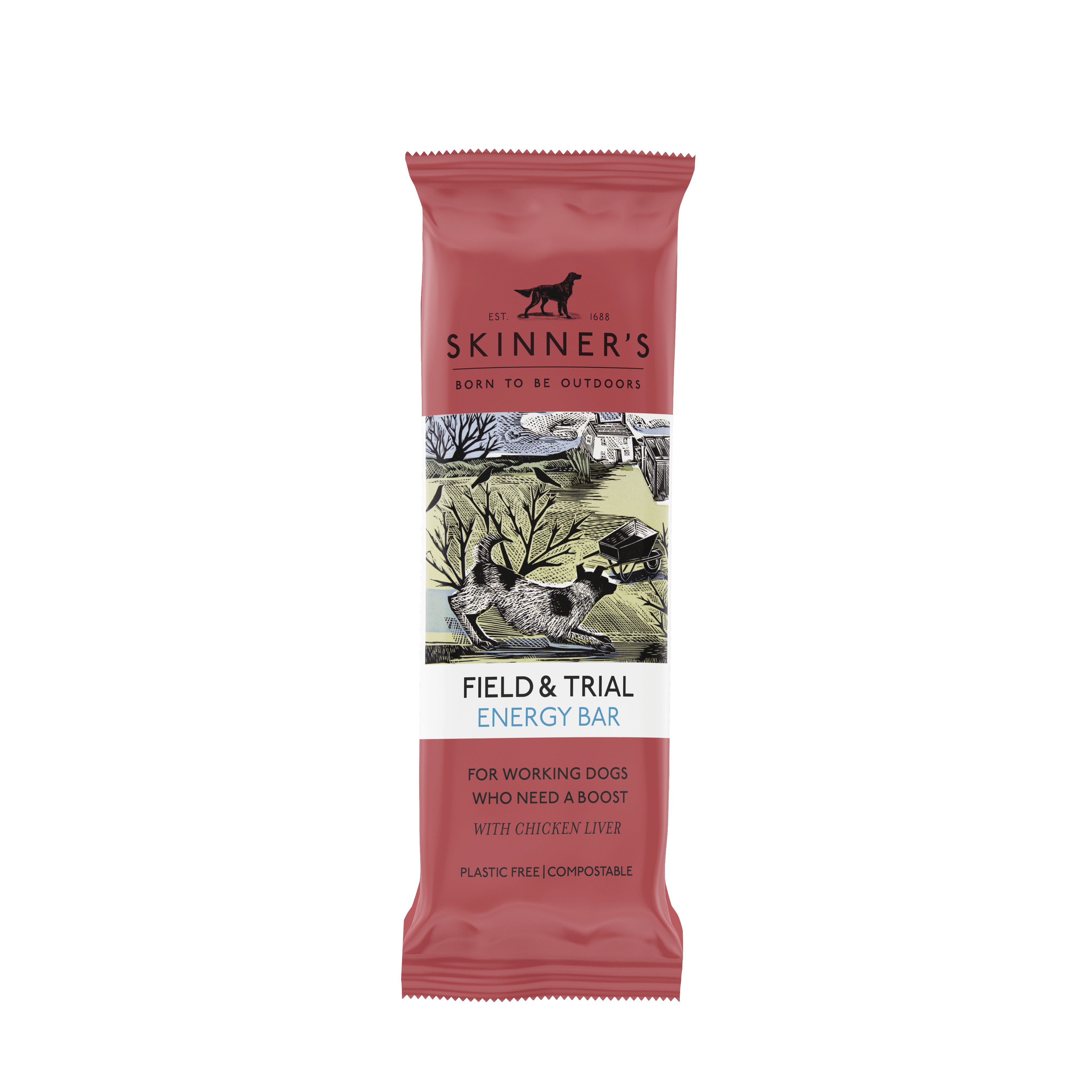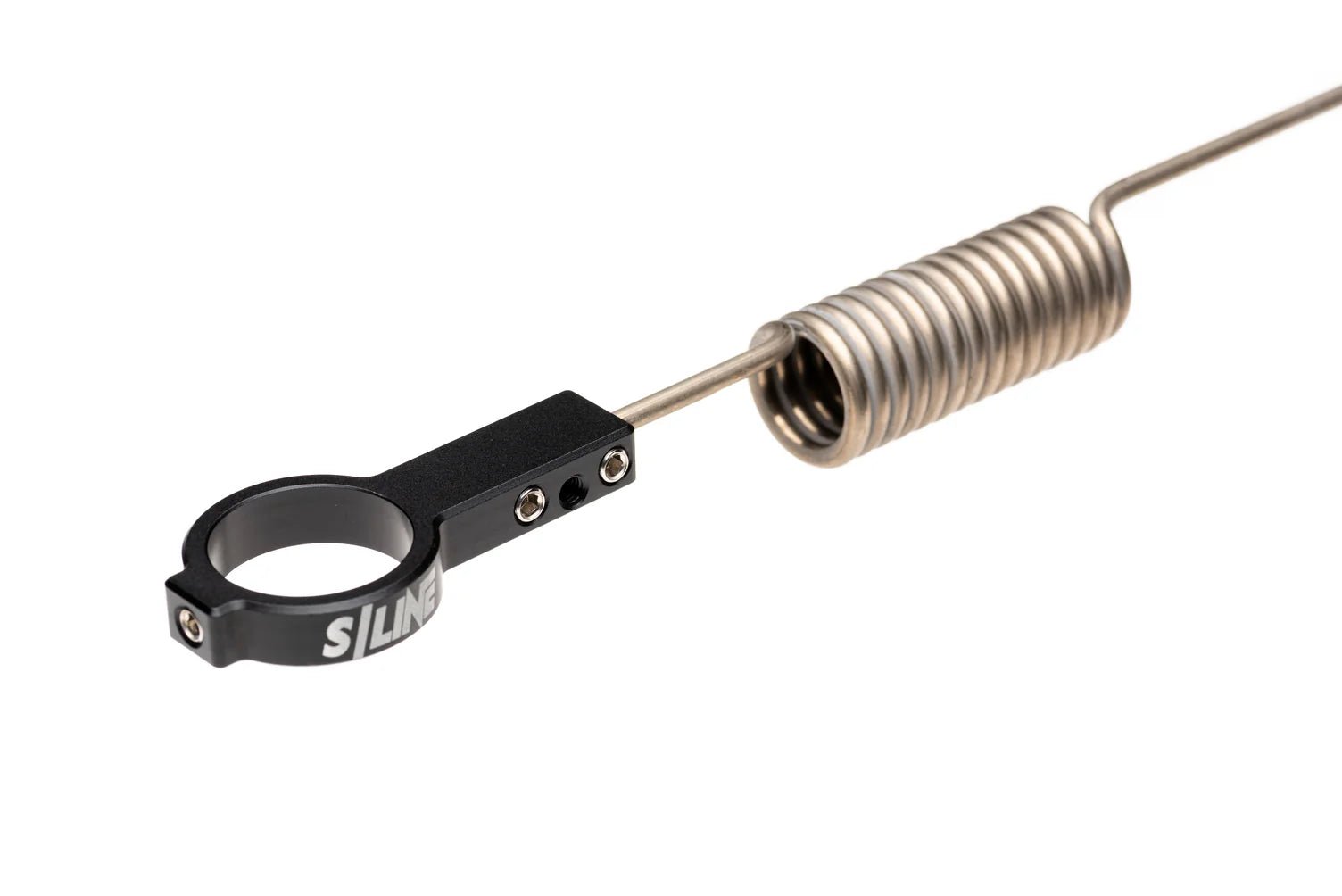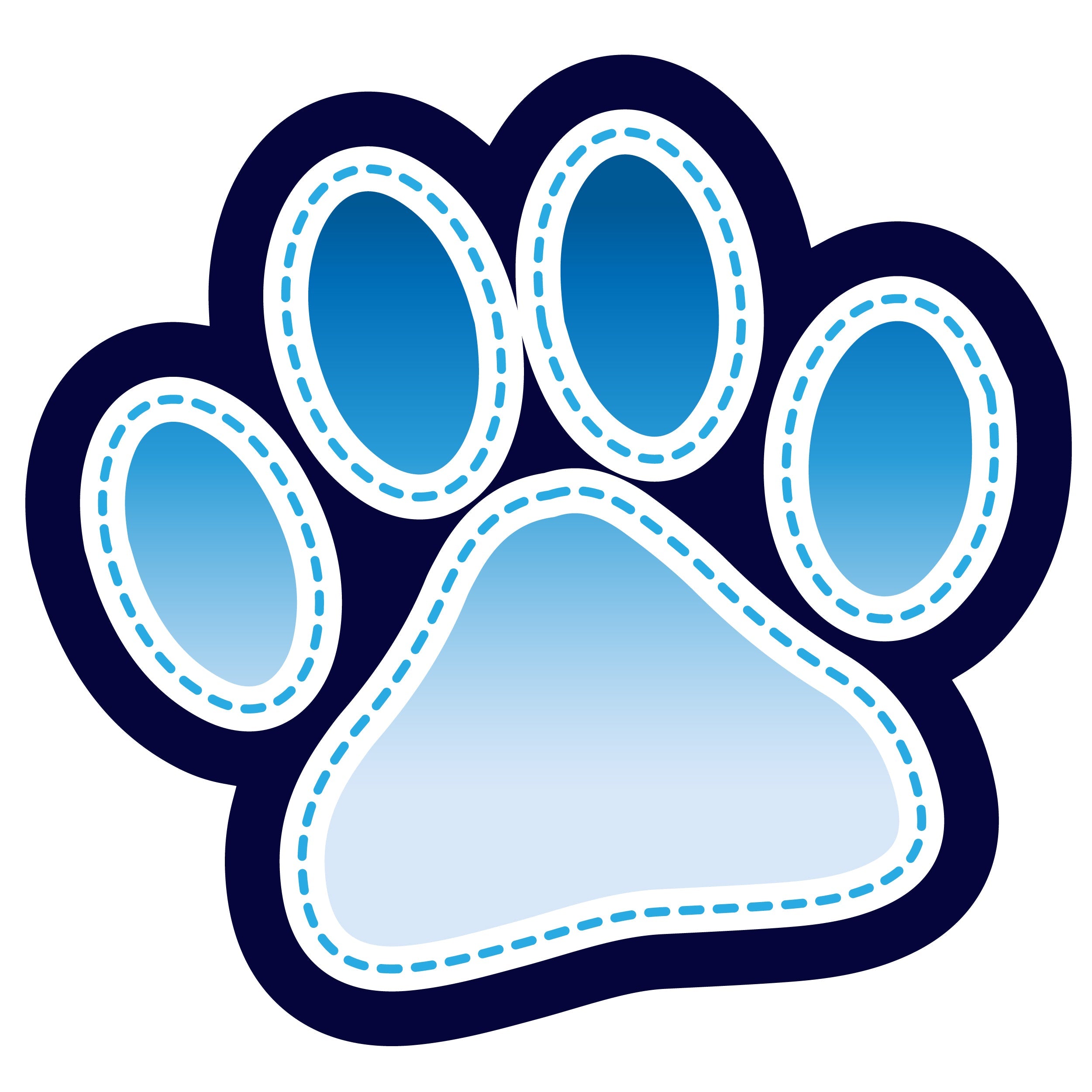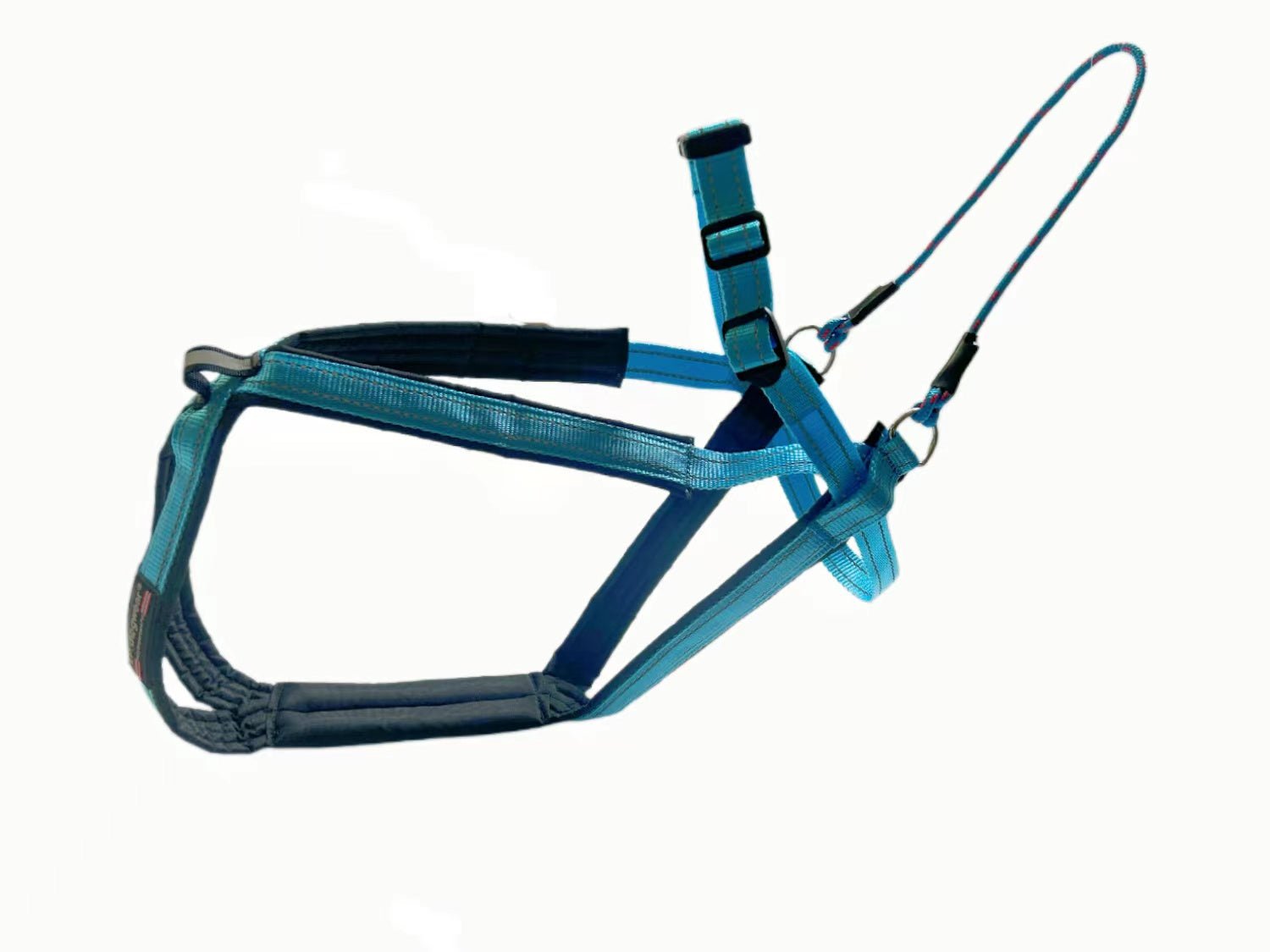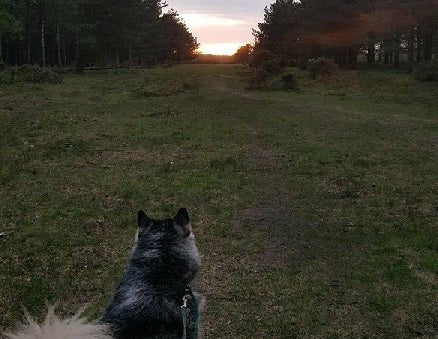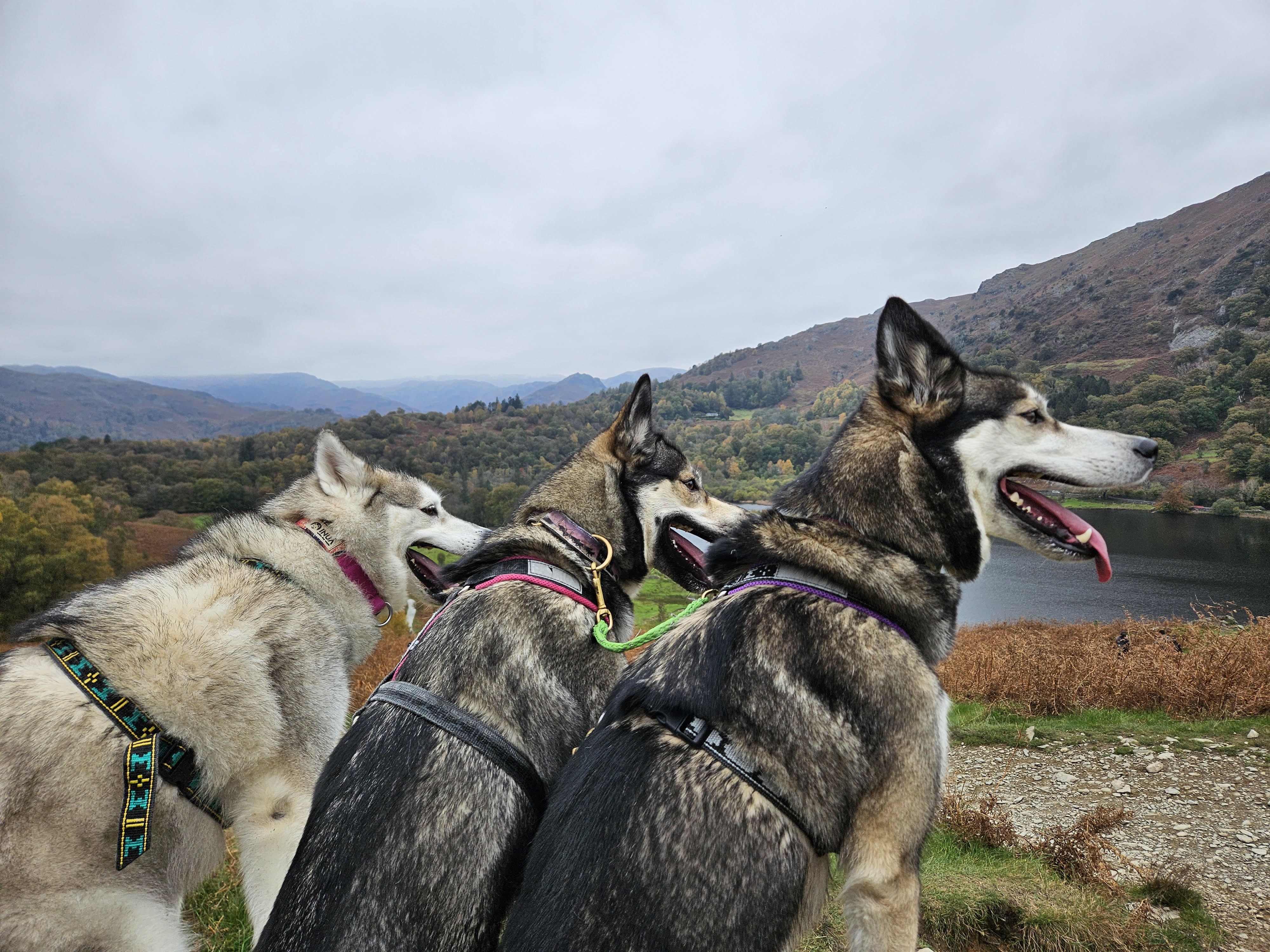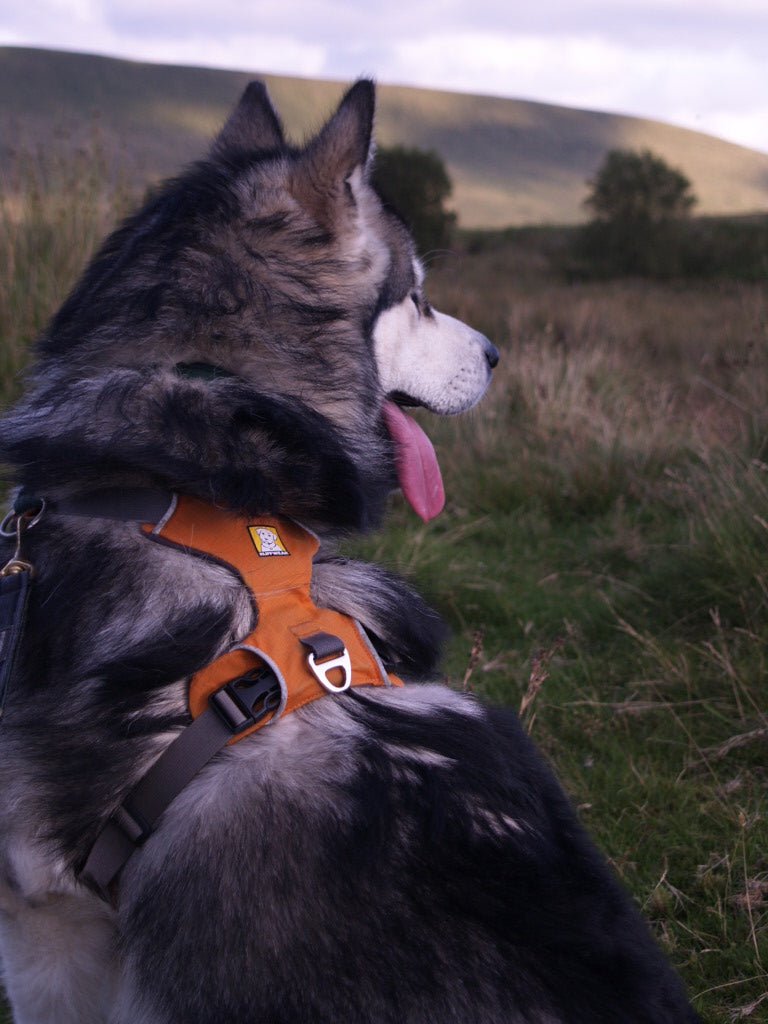A stroll down to the newsagents on a lazy Sunday morning is not enough. Dogs, like us, need vigorous and regular exercise. So why is exercise so important and what are the pitfalls?
1. Exercise produces serotonin in dogs - as in humans. This is the chemical that makes us feel good after a hard work-out or a long run. It also helps to counter anxiety, stress, boredom, aggression and depression. Just watch the barking and chewing reduce - and that’s just the dog. No wonder he gets so excited at the prospect of a walk!
2. Physical activity strengthens the heart muscles and makes lungs work more efficiently. It helps to regulate weight and makes for a better night’s sleep. Experts also say it boosts sex drives, although that may not necessarily be an advantage unless you want a horny husky howling long into the night.
3. As with parents and children, spending time and playing with your dog is invaluable for bonding and promoting communication. All those interesting sights and smells outside in the fresh air do wonders for a dog’s wellbeing.
4. Every dog is different. Consider breed, age and health before embarking on a marathon trek across the moors. Brachycephalic (short-nosed) dogs such as bulldogs will struggle and puppies can damage their developing joints.
5. Before embarking on a run, one favourite tip of ours is to allow your dog a few minutes to stop and sniff and investigate all those things we desperately try to avoid. Exercising Your Dog

6. Steer clear of the hot sun. Heatstroke can be fatal. Exercise in the mornings and evenings during the summer. If walking at night, both of you should wear something reflective. Watch for signs of tiredness and overheating. Overwork can be dangerous. Allow him rest breaks to cool down.
7. Beware of canine bloat. It is a killer. Bloat occurs when gases build up in the stomach, which then expands like a balloon and twists. Death can occur within hours. It can be caused by eating too much and too quickly, drinking too much in one go and exercising straight after a large meal. Some vets recommend two small meals a day rather than just one. Water should be given little and often.
8. Do you go for a long or short lead? That depends on where you roam and how well trained your dog is. Common sense must prevail. Traffic and dogs do not make good bed fellows. Neither does wildlife and dogs.
9. Take plenty of dog treats to reward good behaviour and don’t forget those all-important poo bags and ours are eco friendly too.
10. Apart from walking in the park, what else could you do? There’s canicross (cross-country running with a dog), swimming, dog scootering (a dog pulling a scooter), bikejoring (a dog pulling a bicycle) and sled dog racing. Harnesses rather than collars and leads are more used for running sports as they are more comfortable and do less damage to the dog. Check out our starter packs, these include everything you need to get started.

